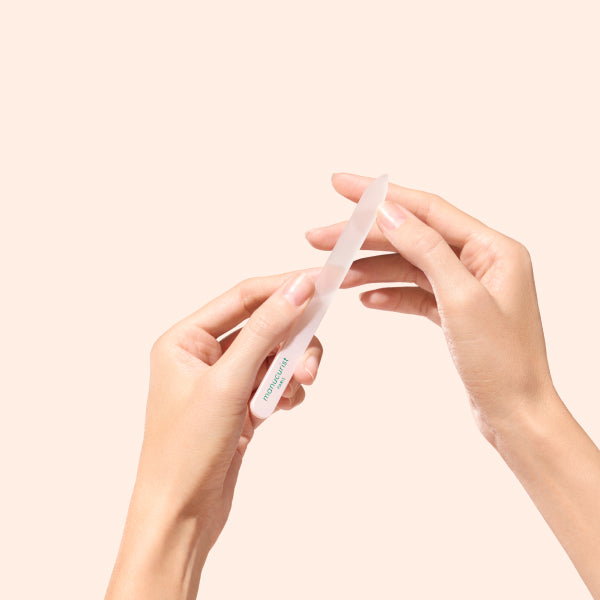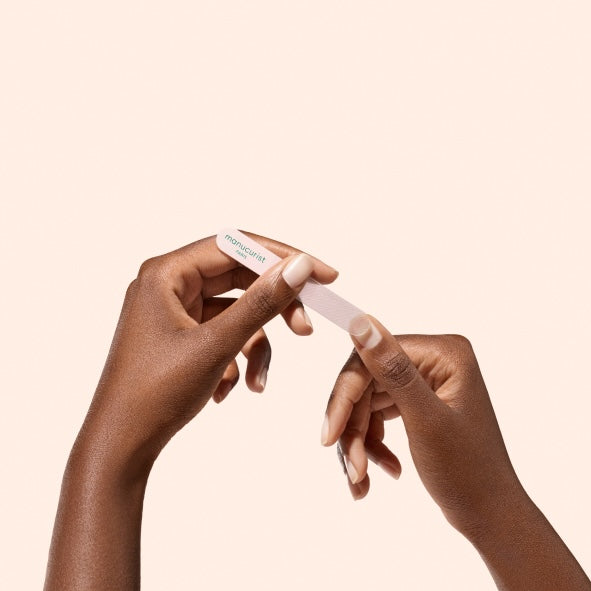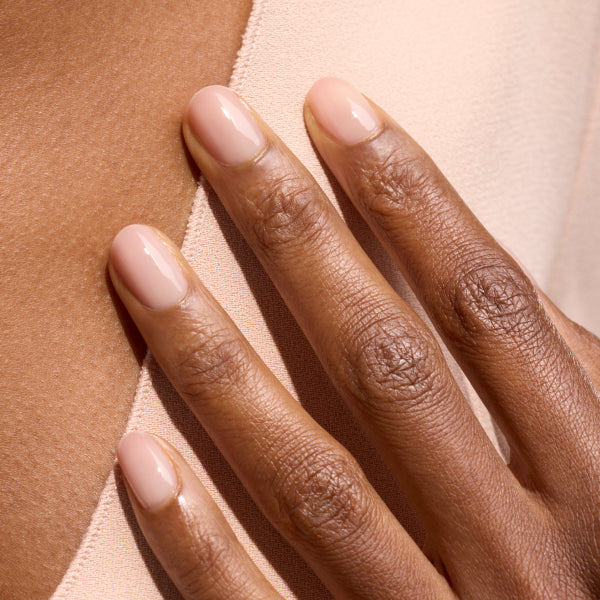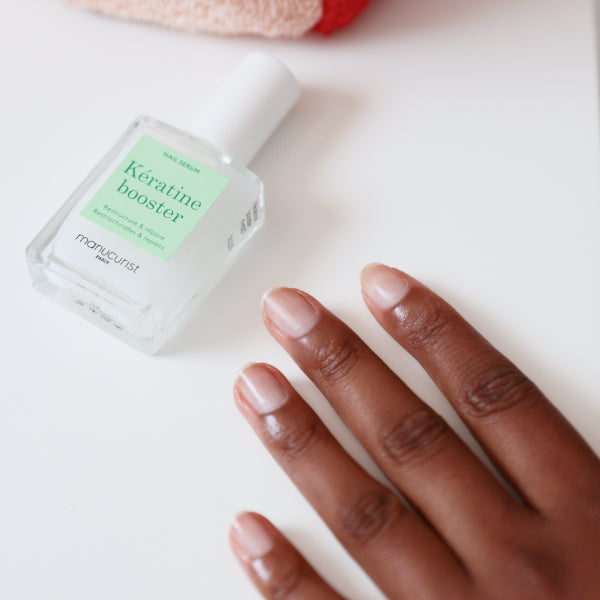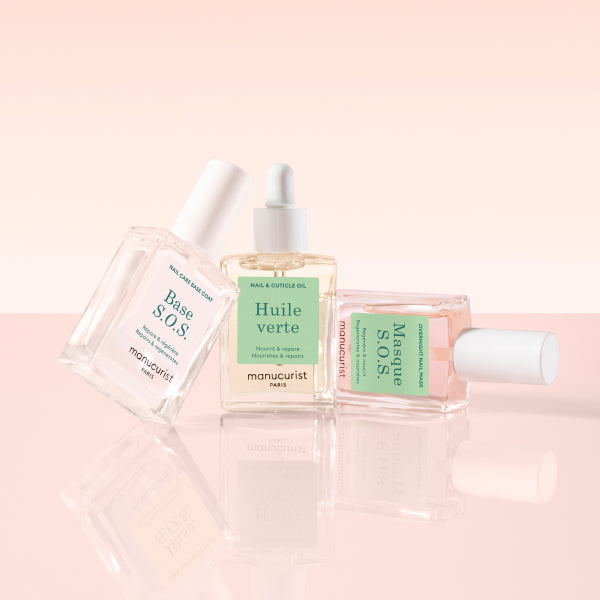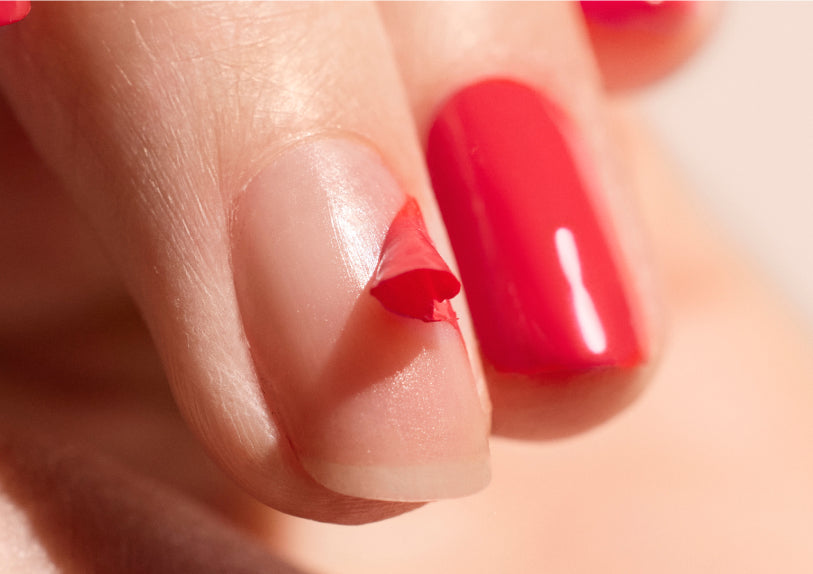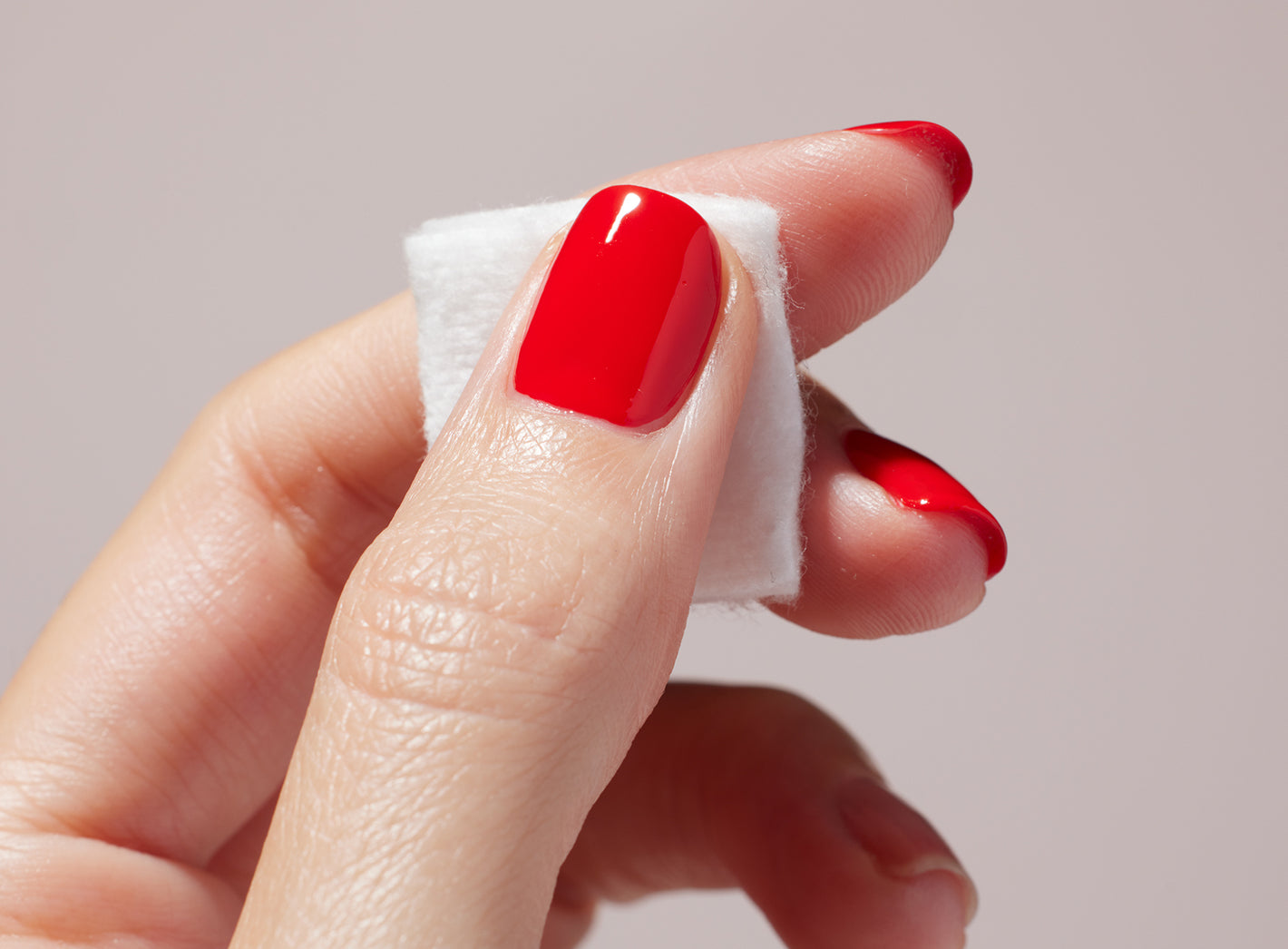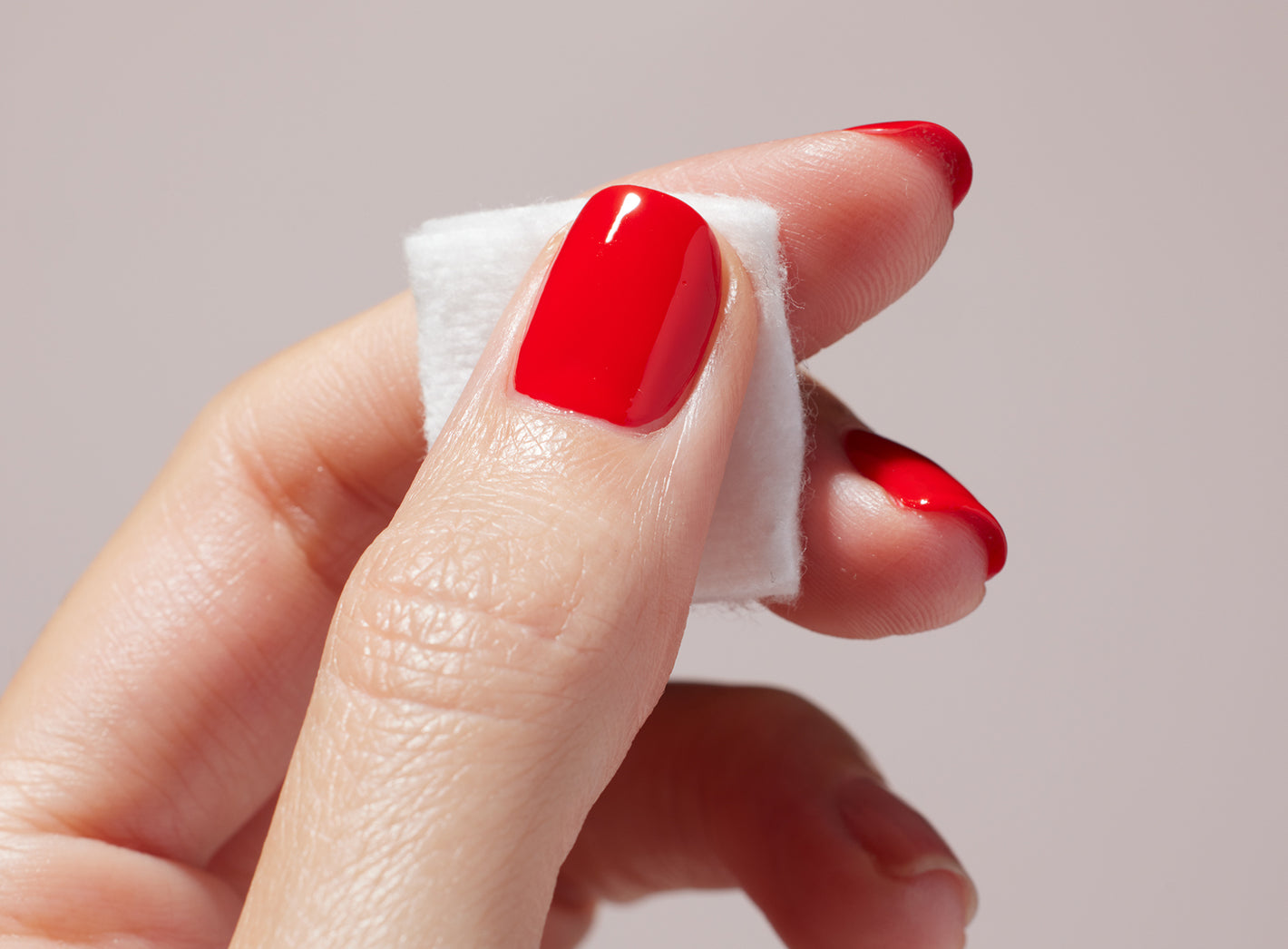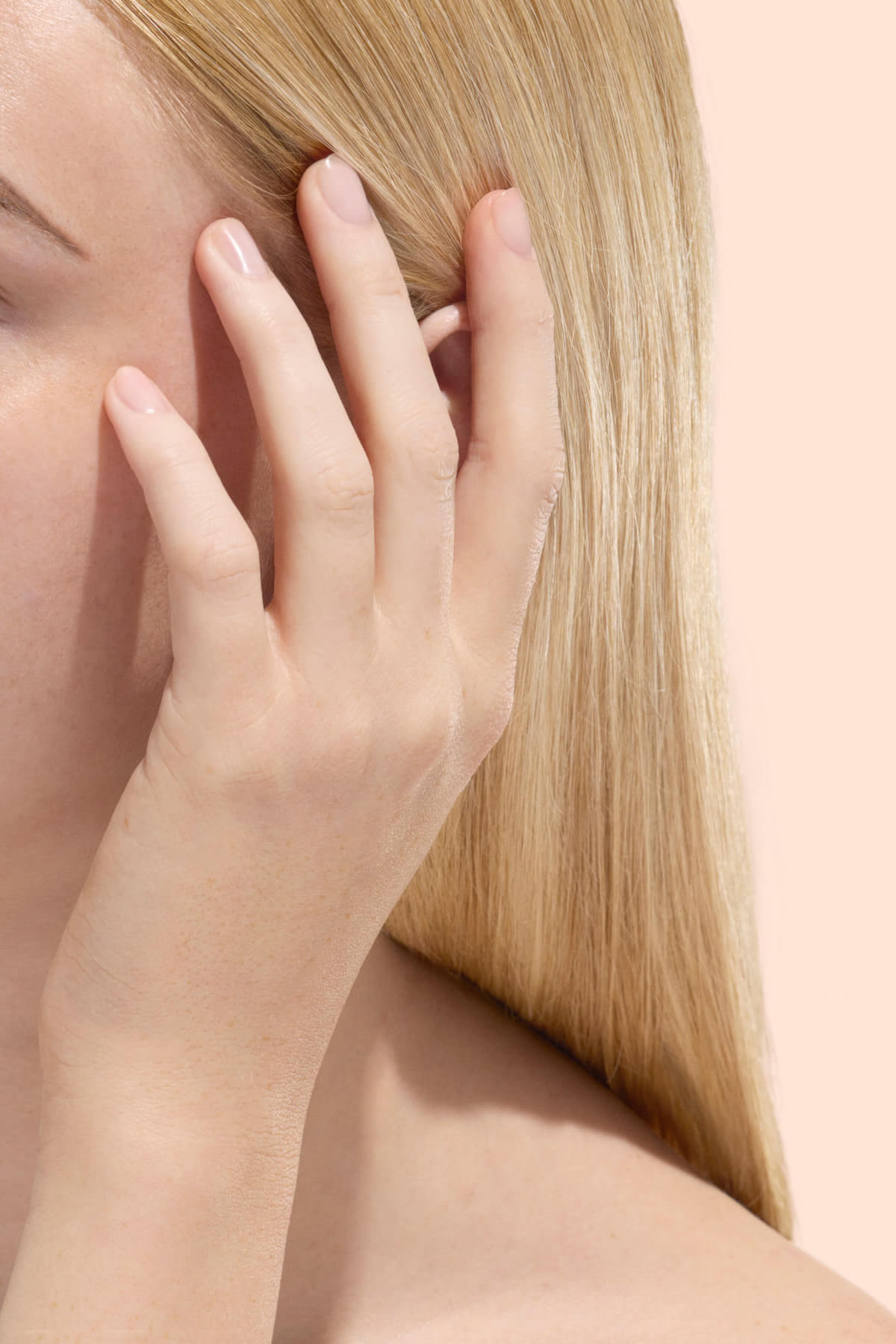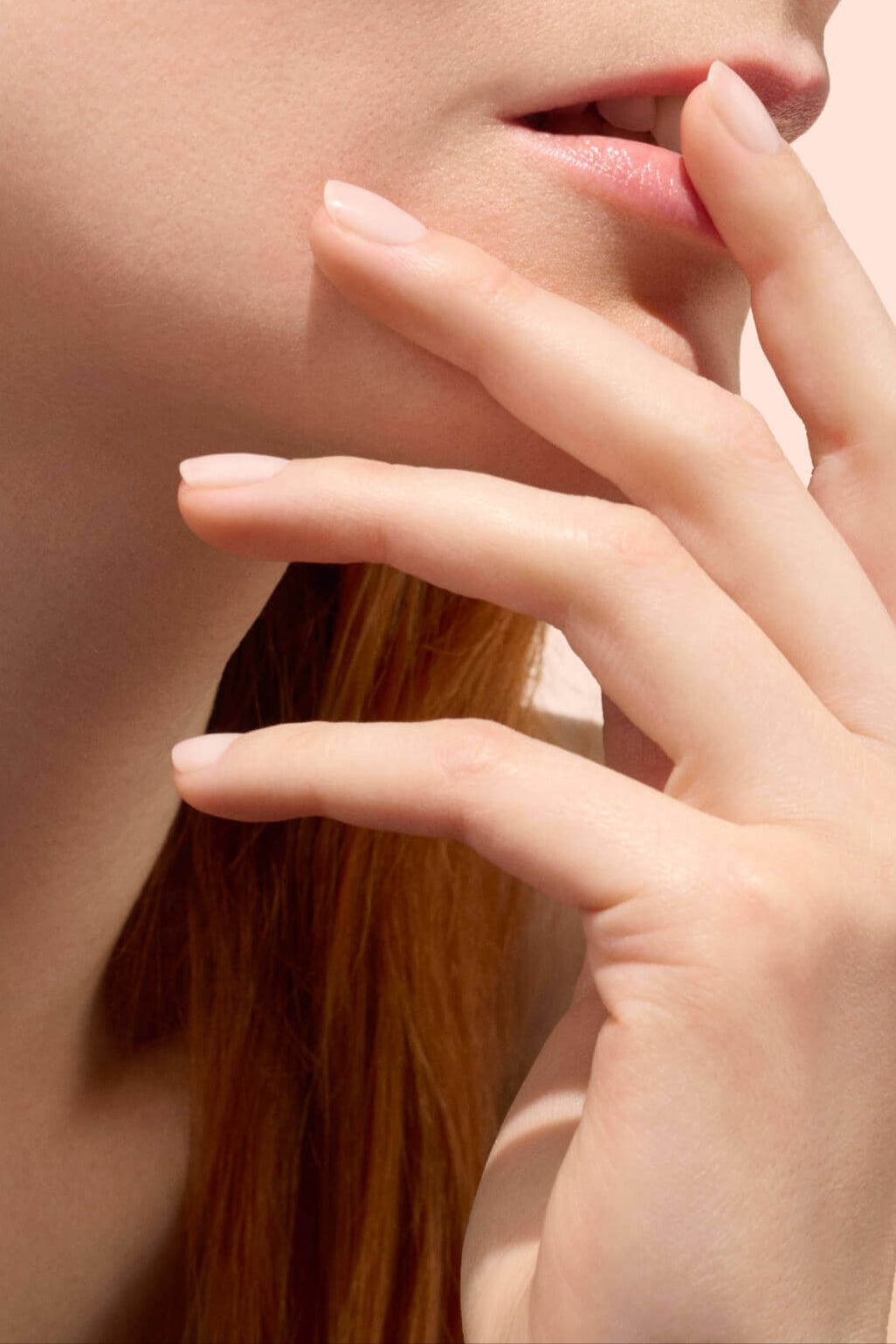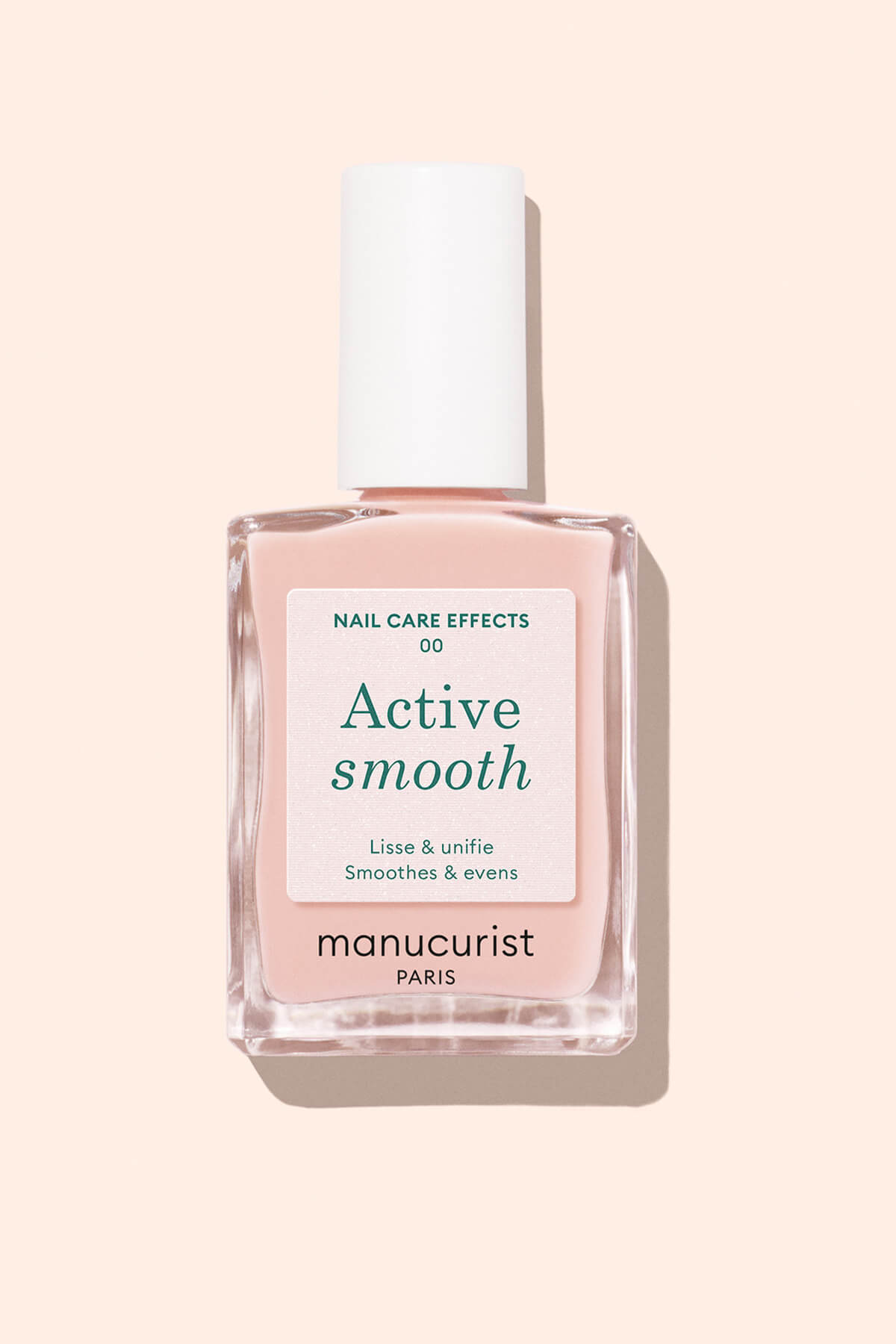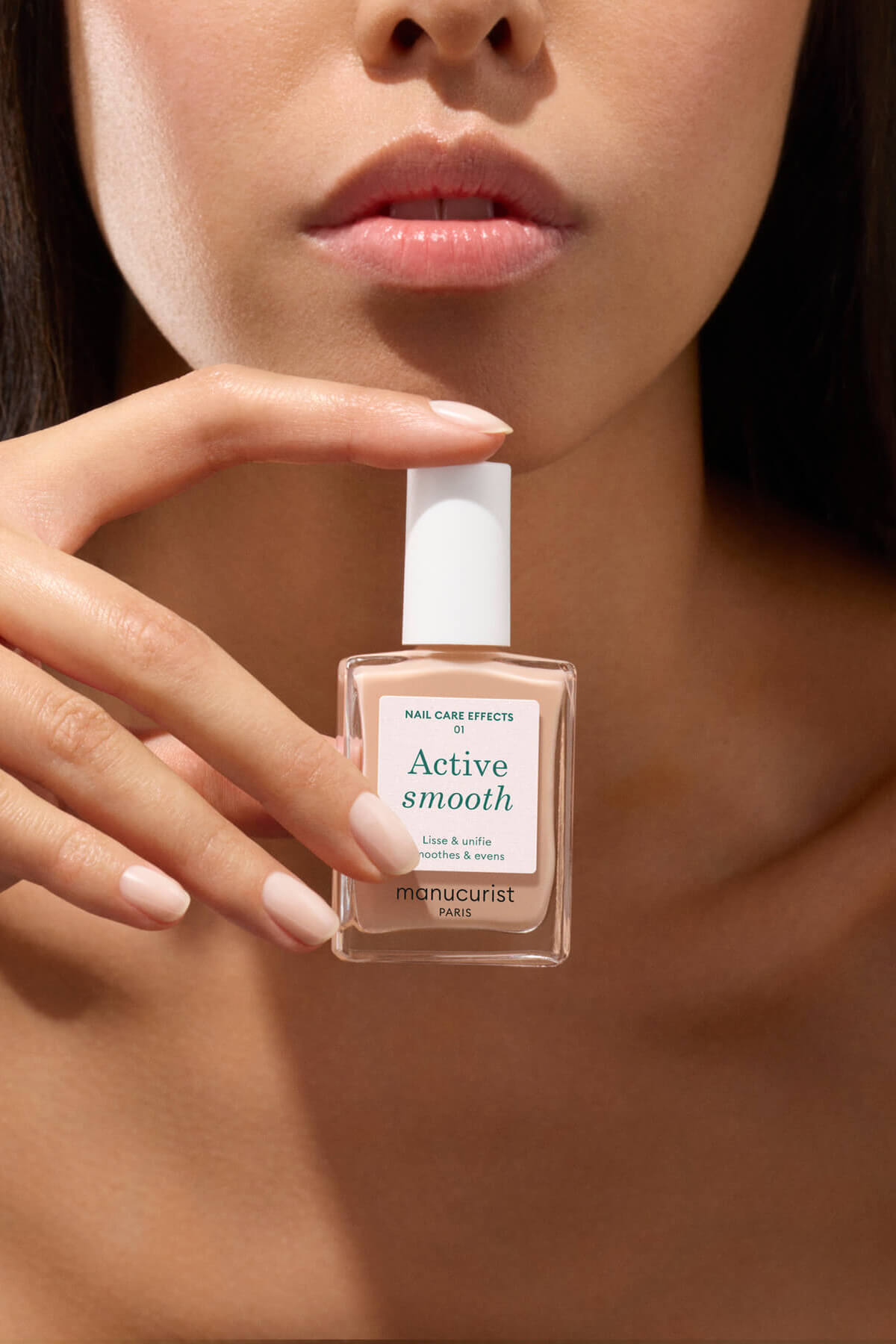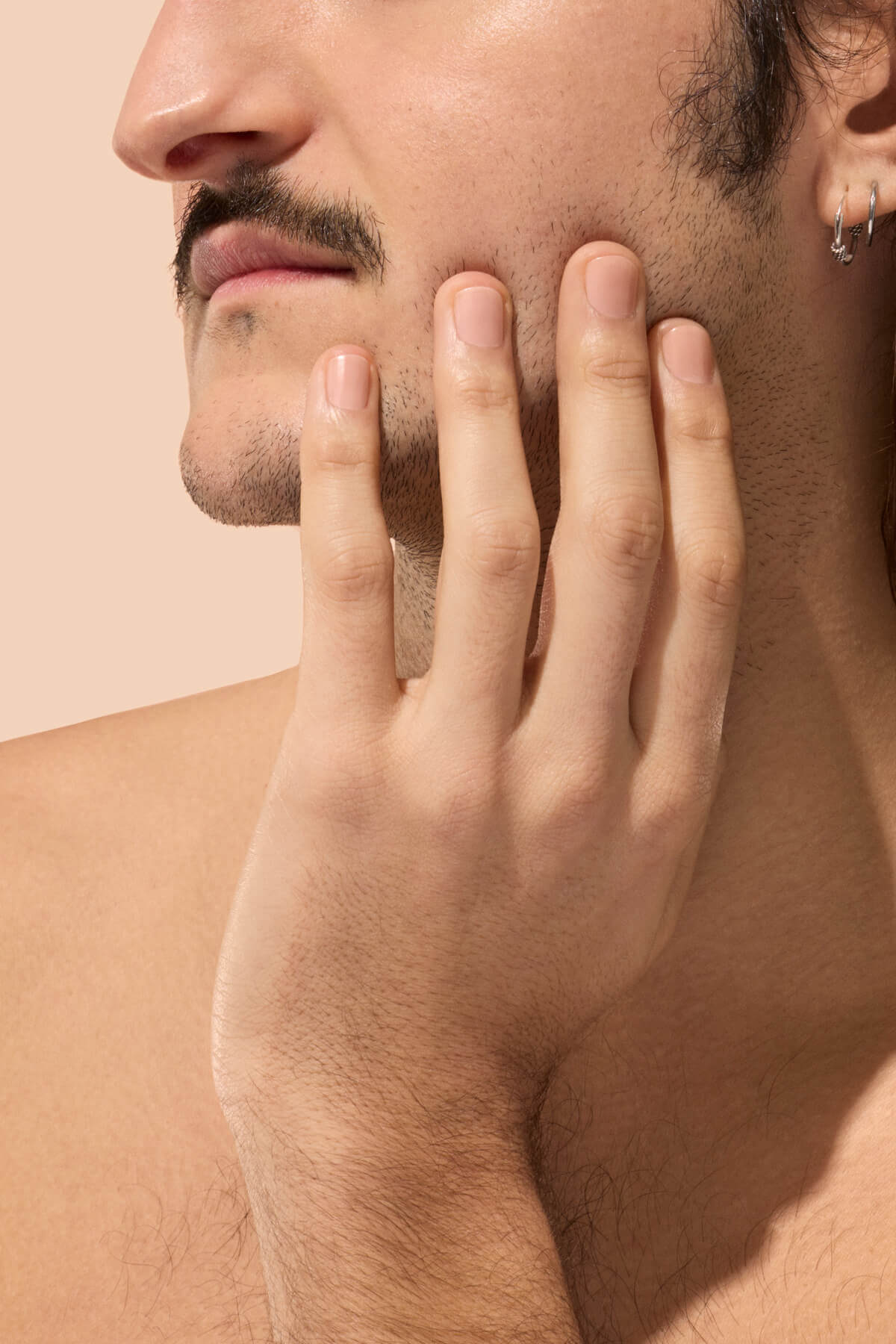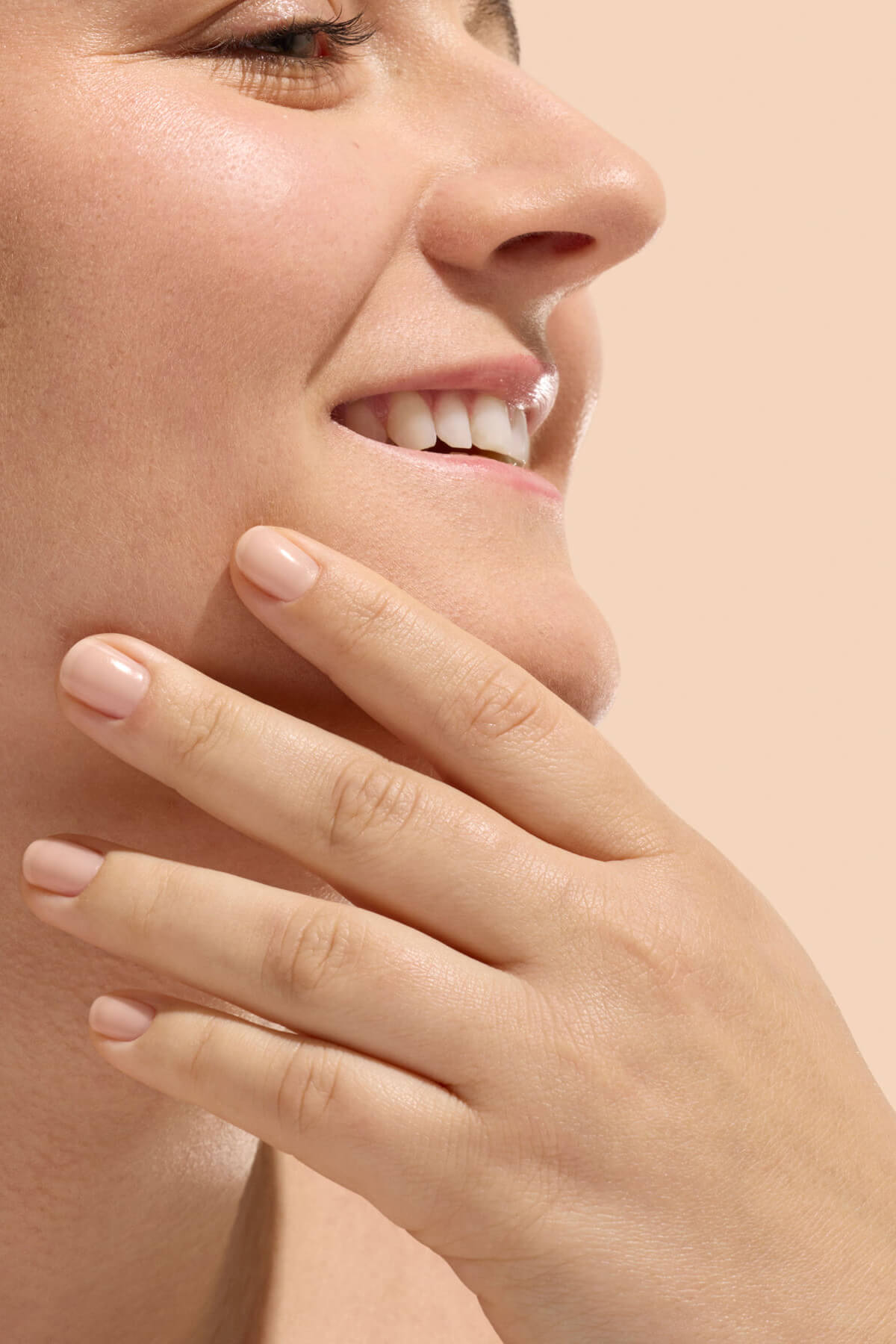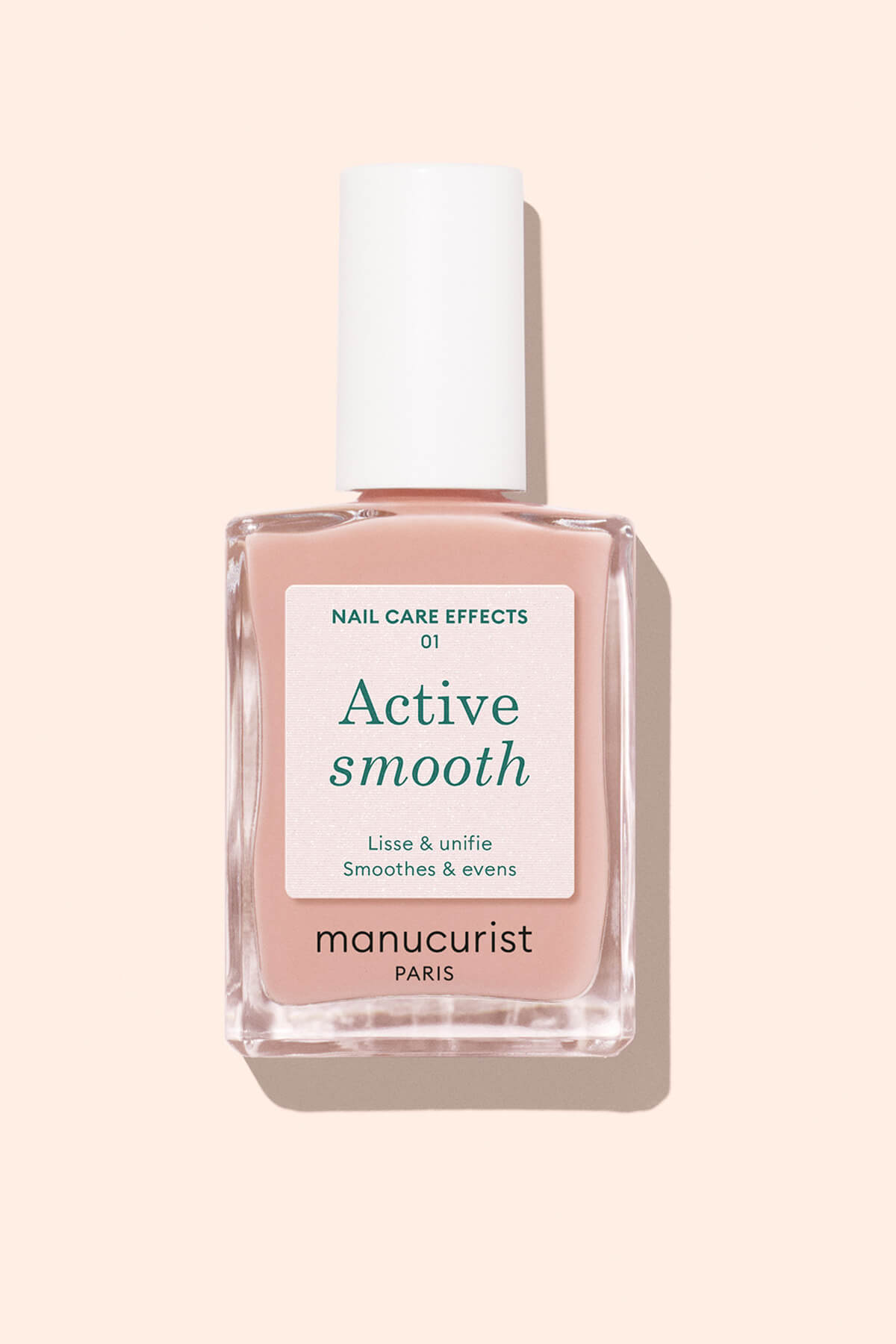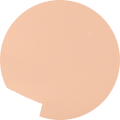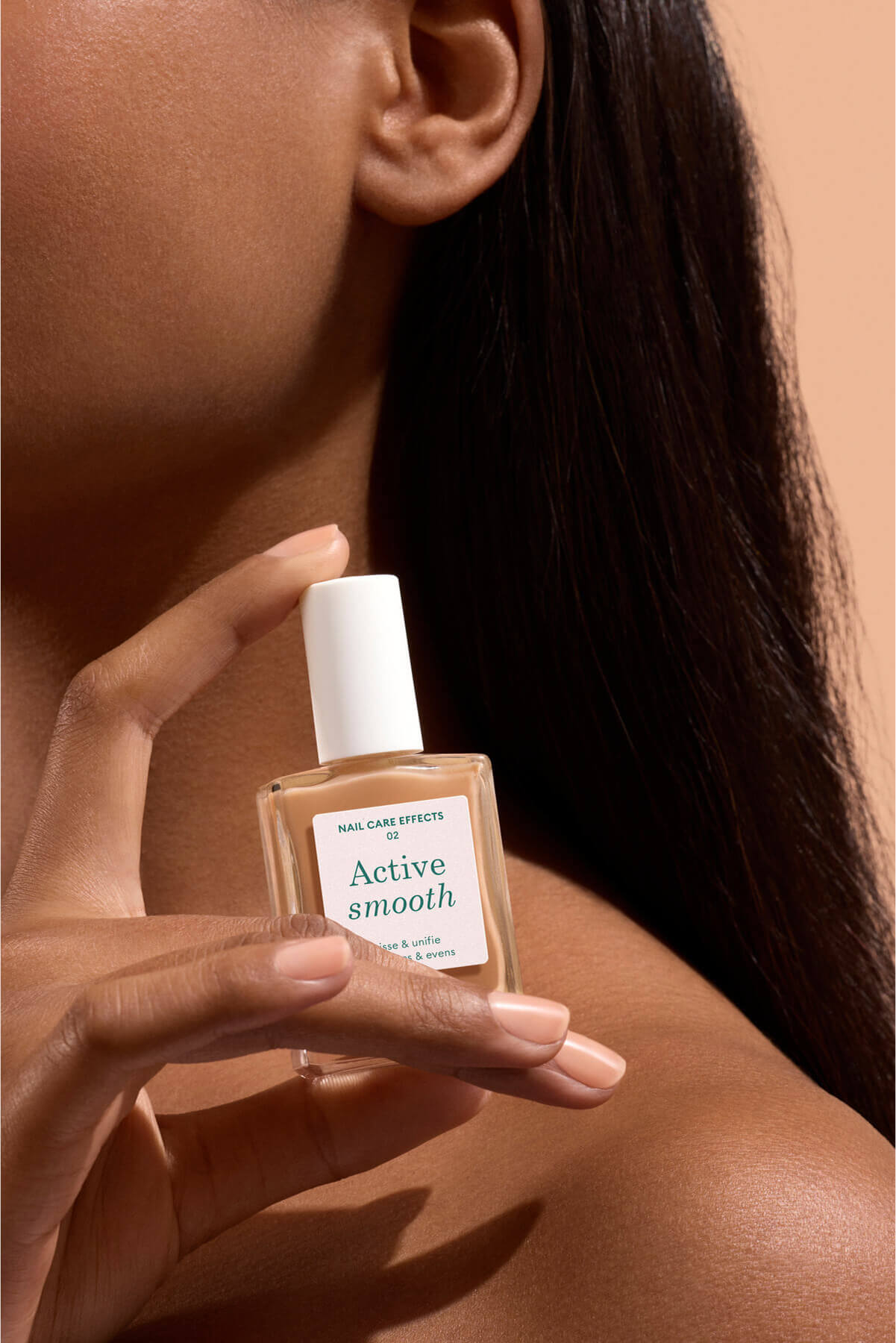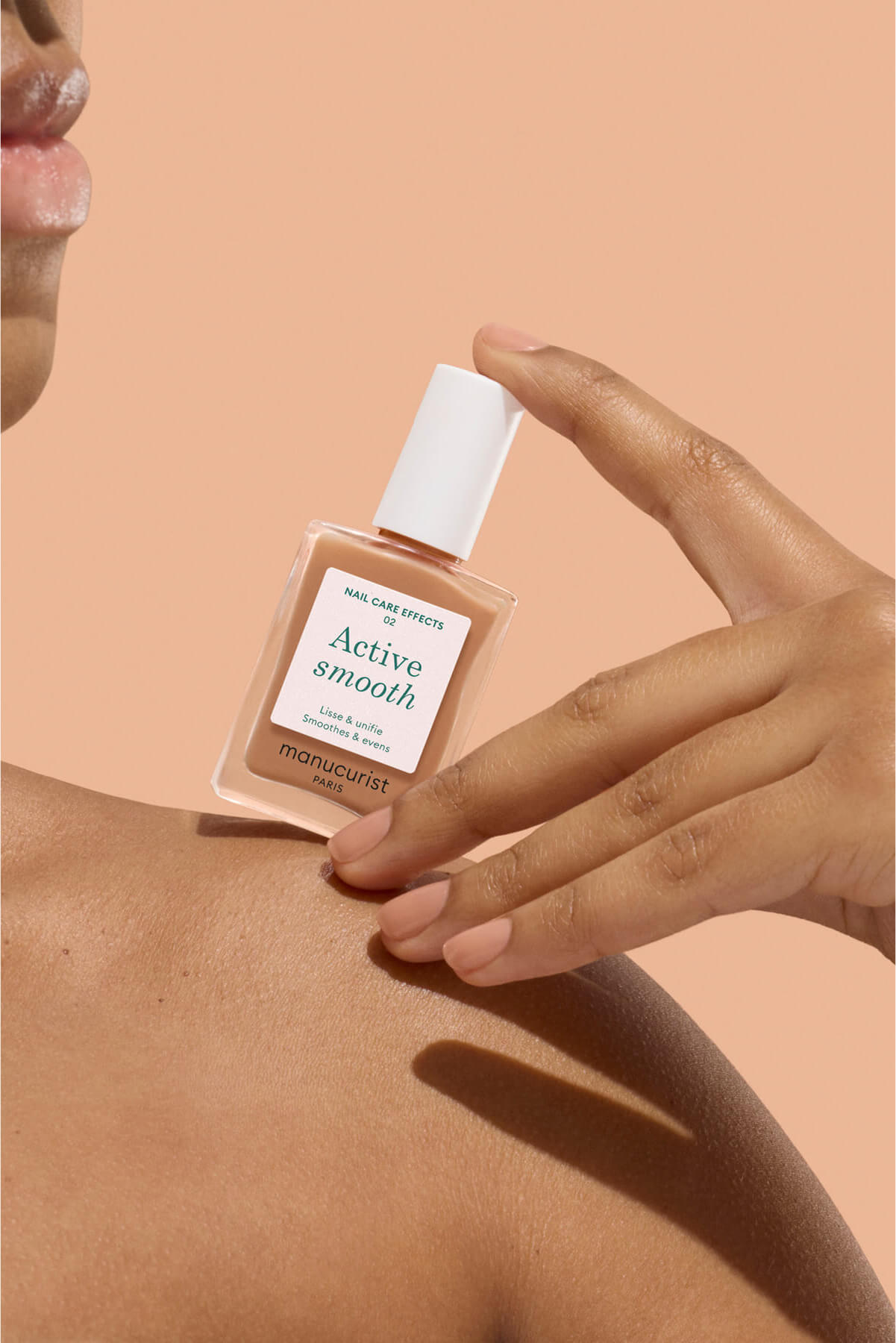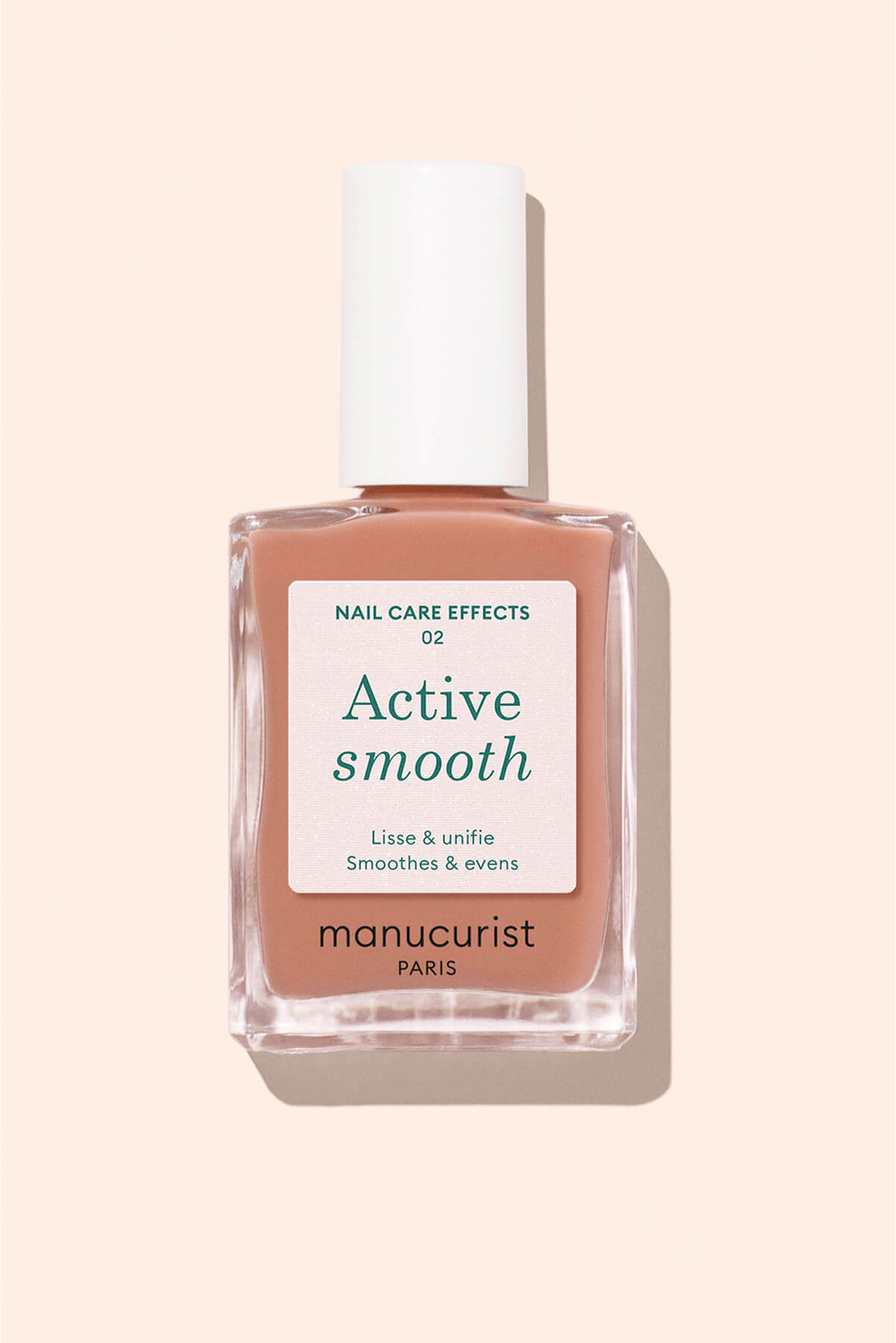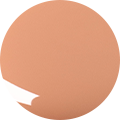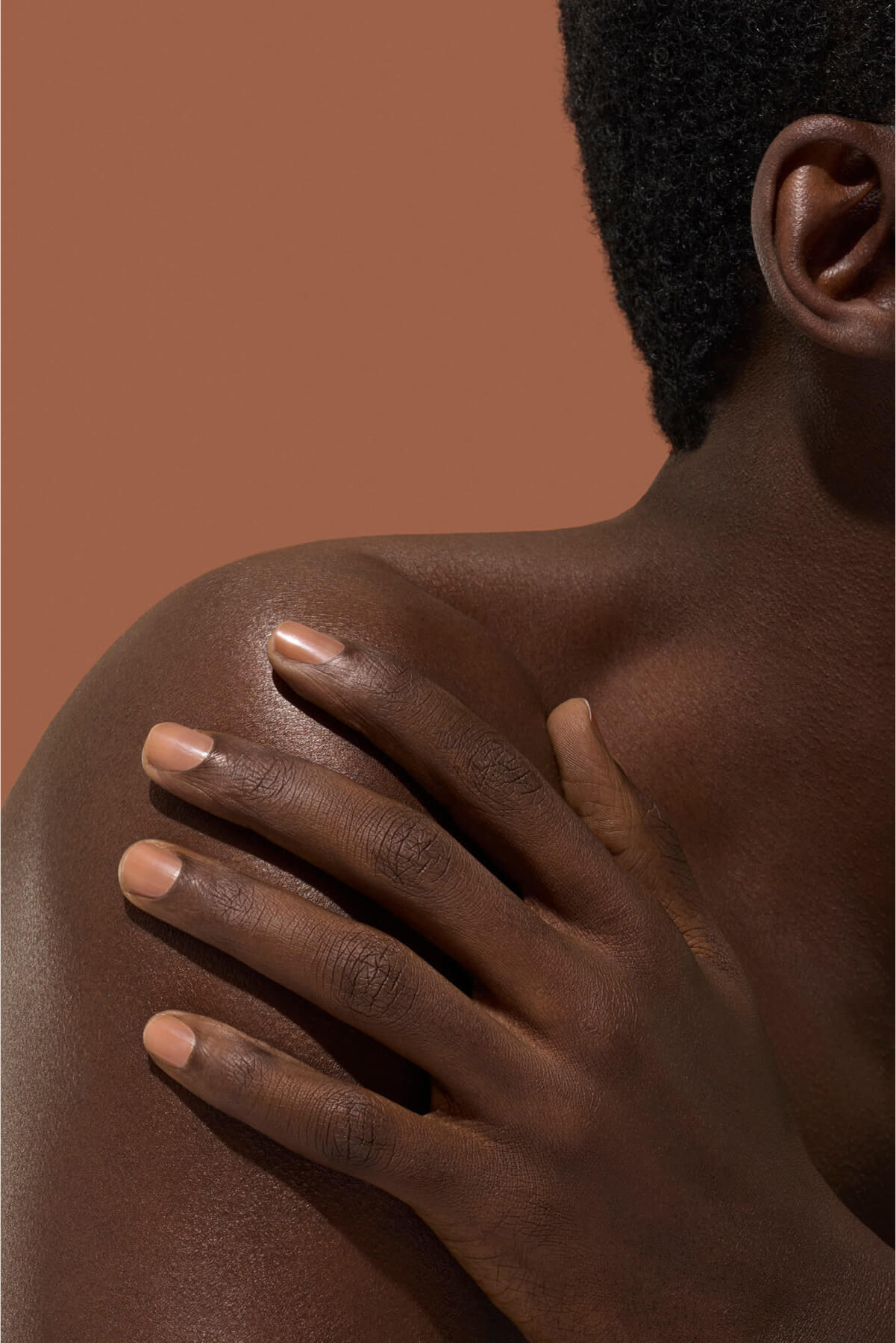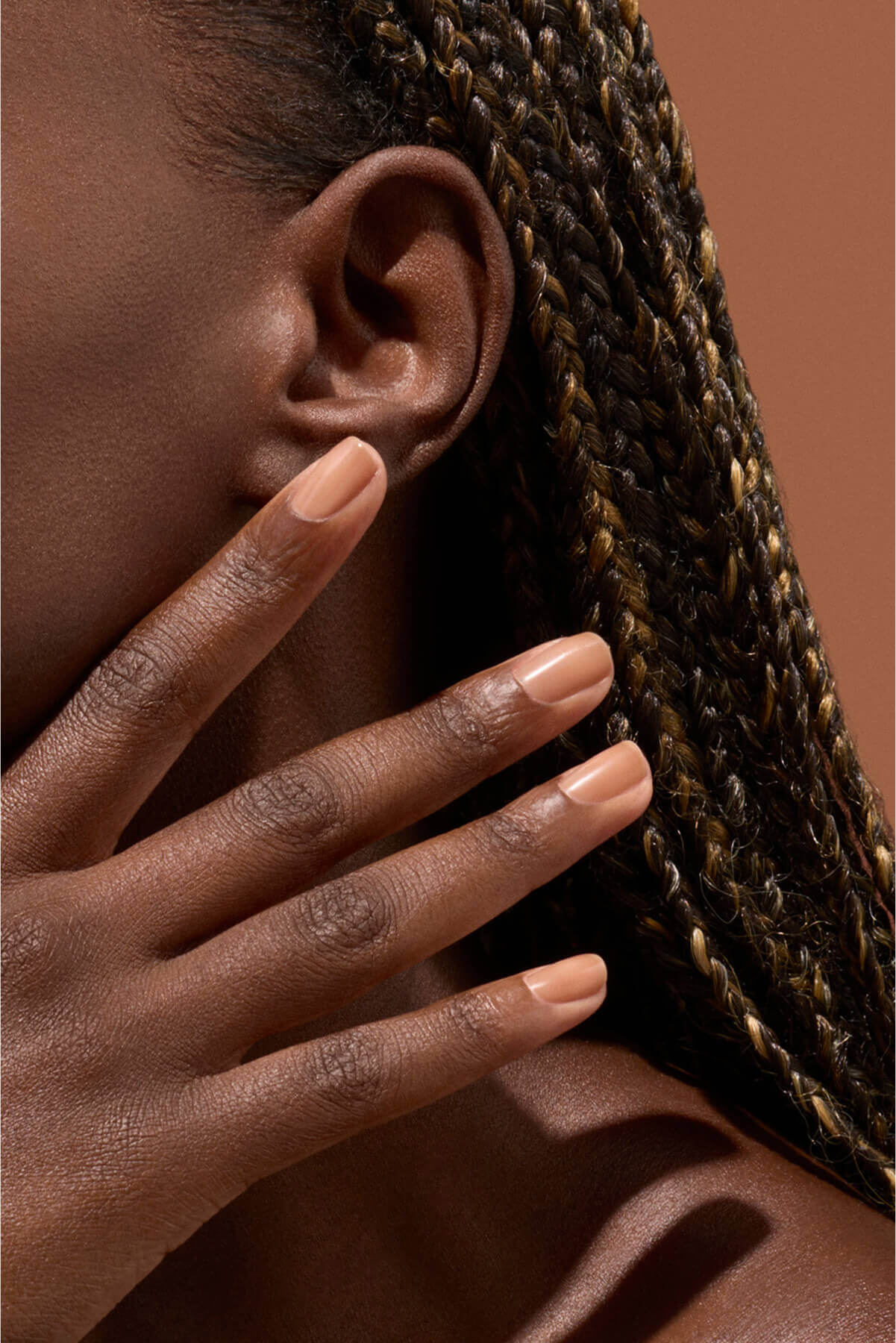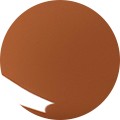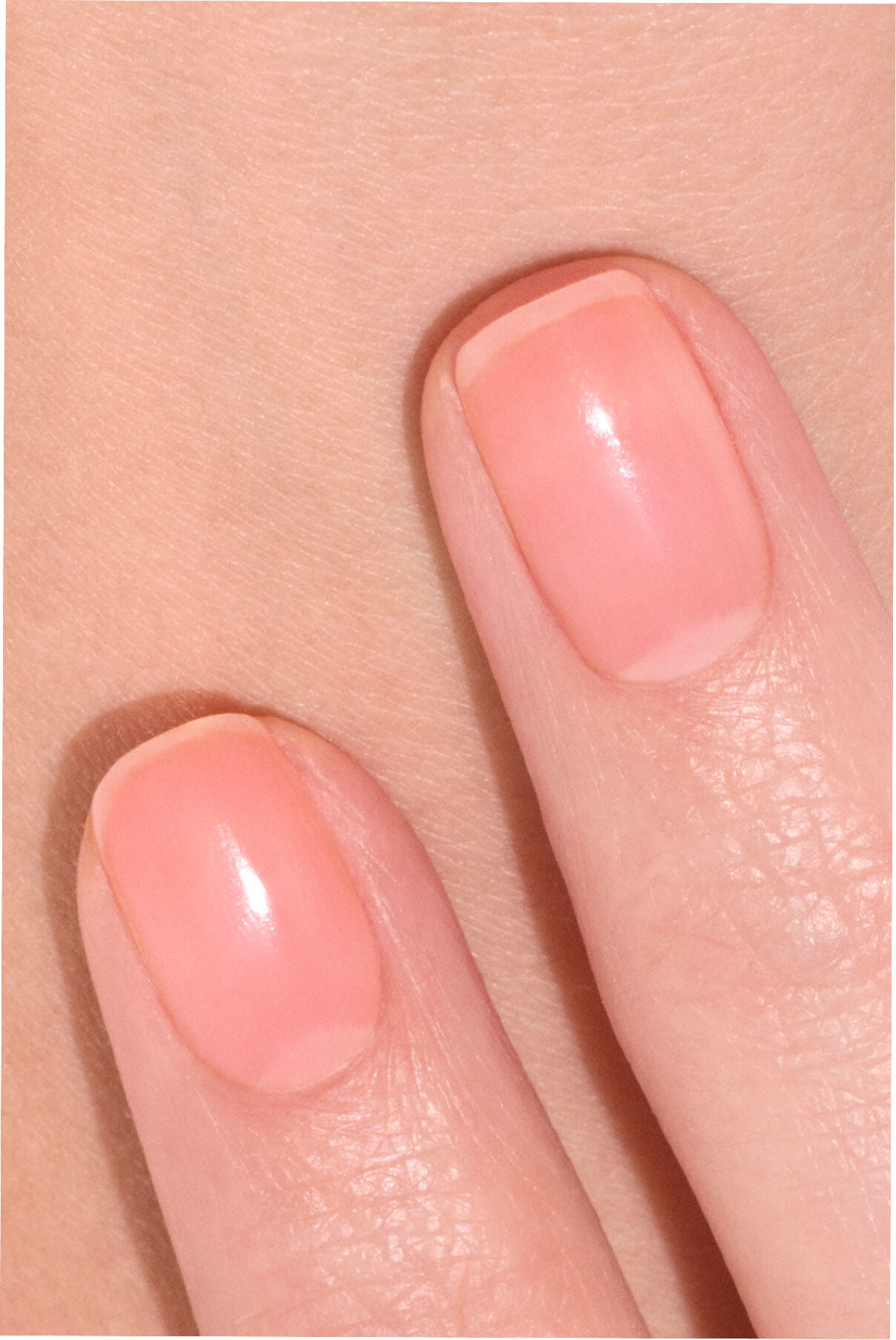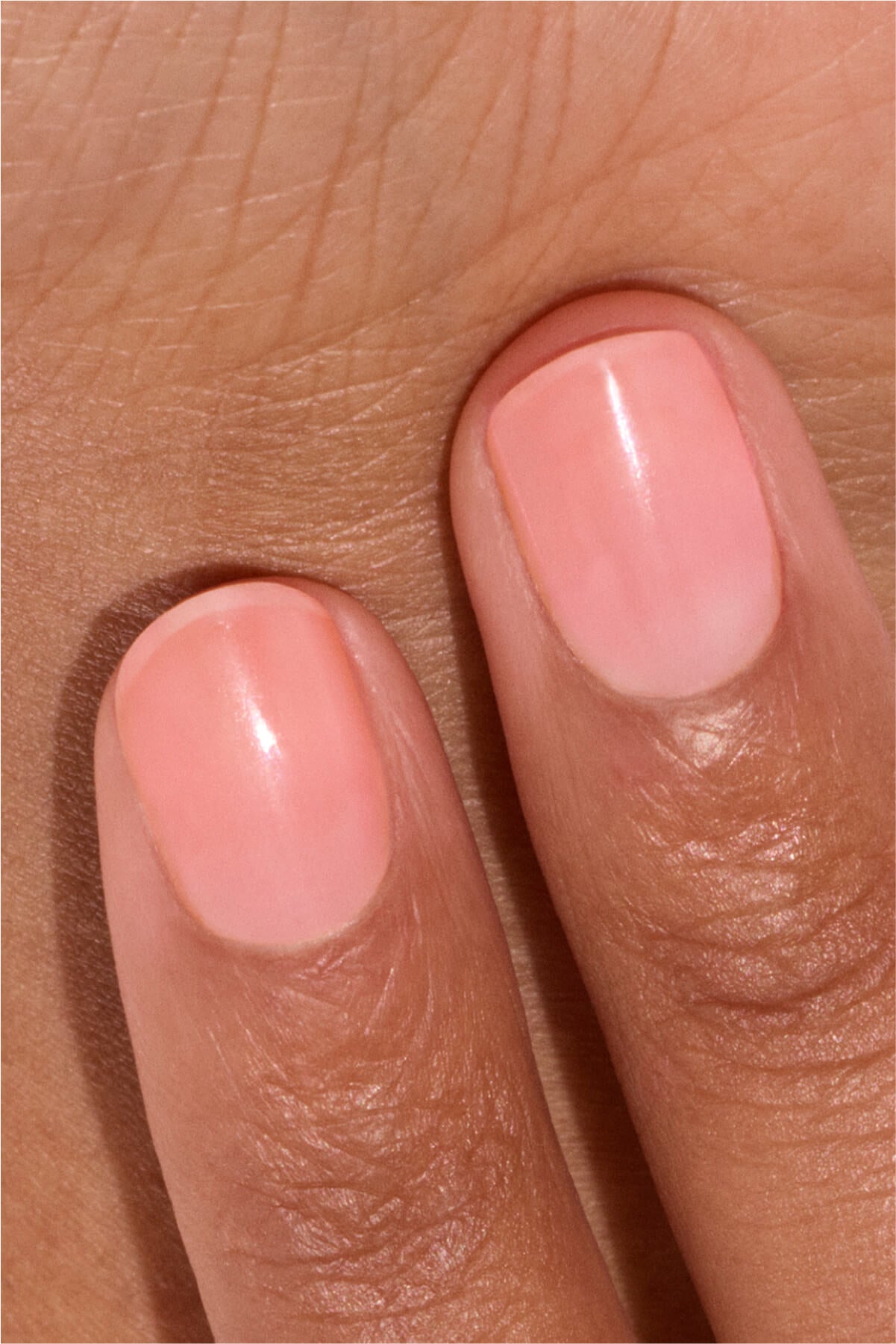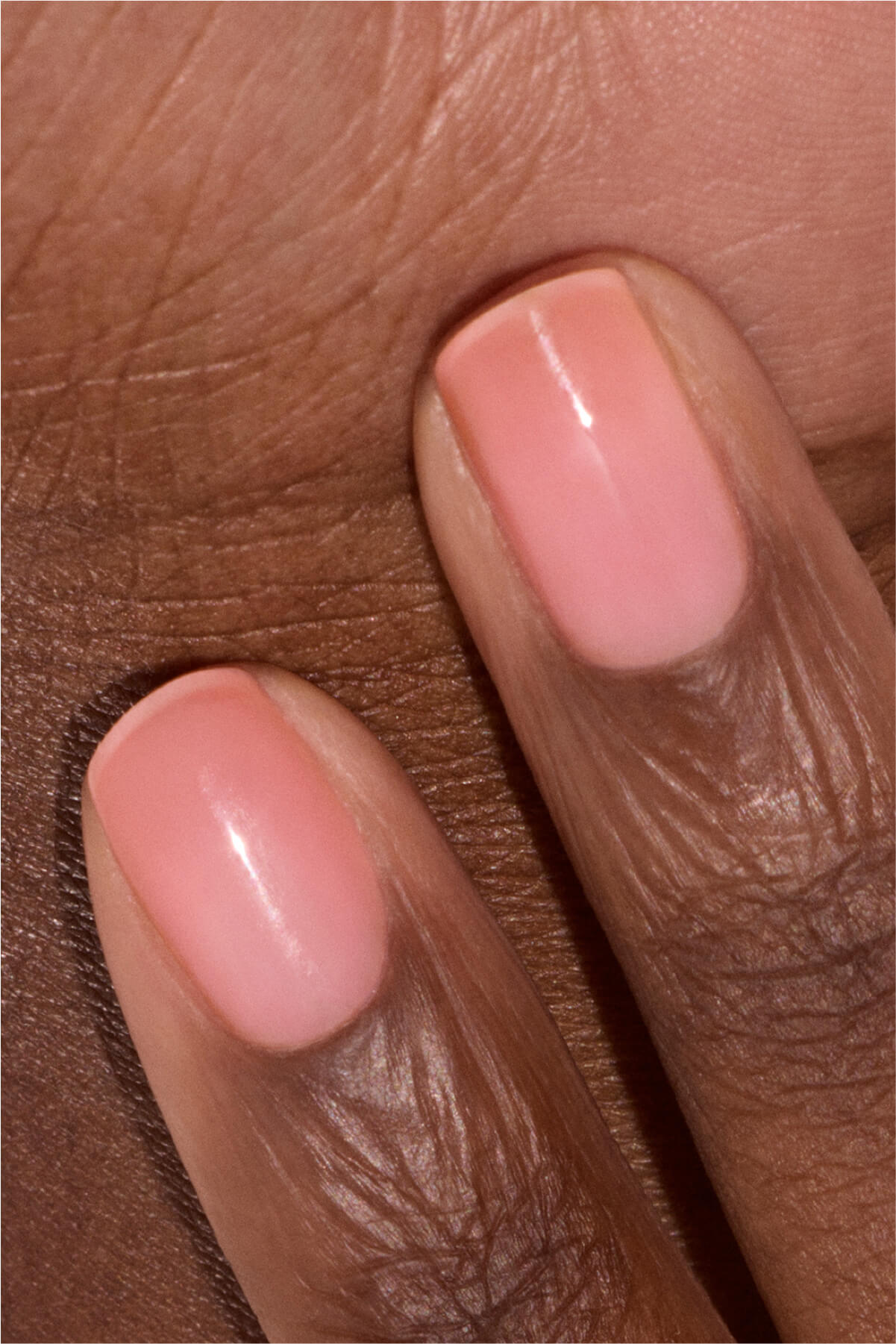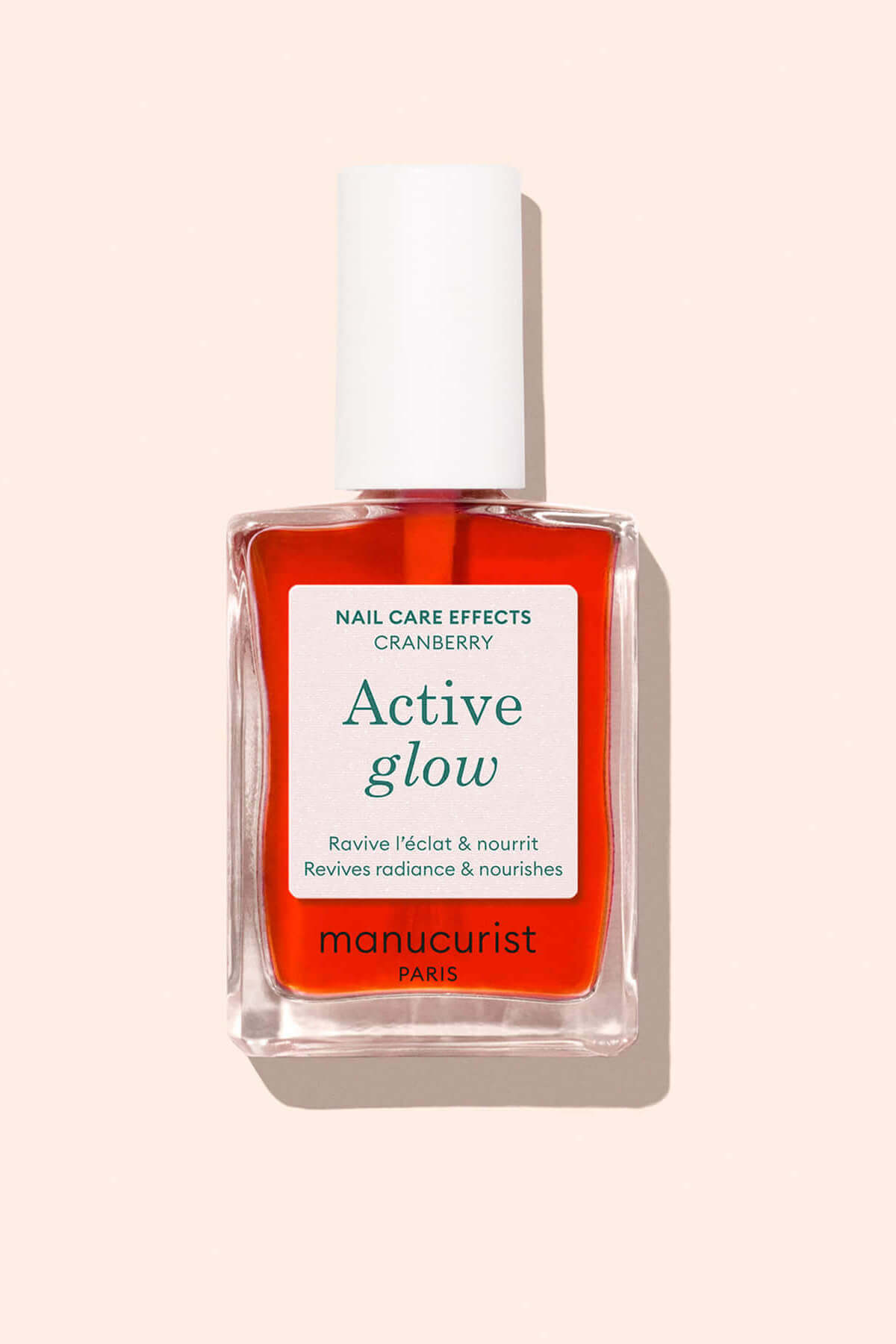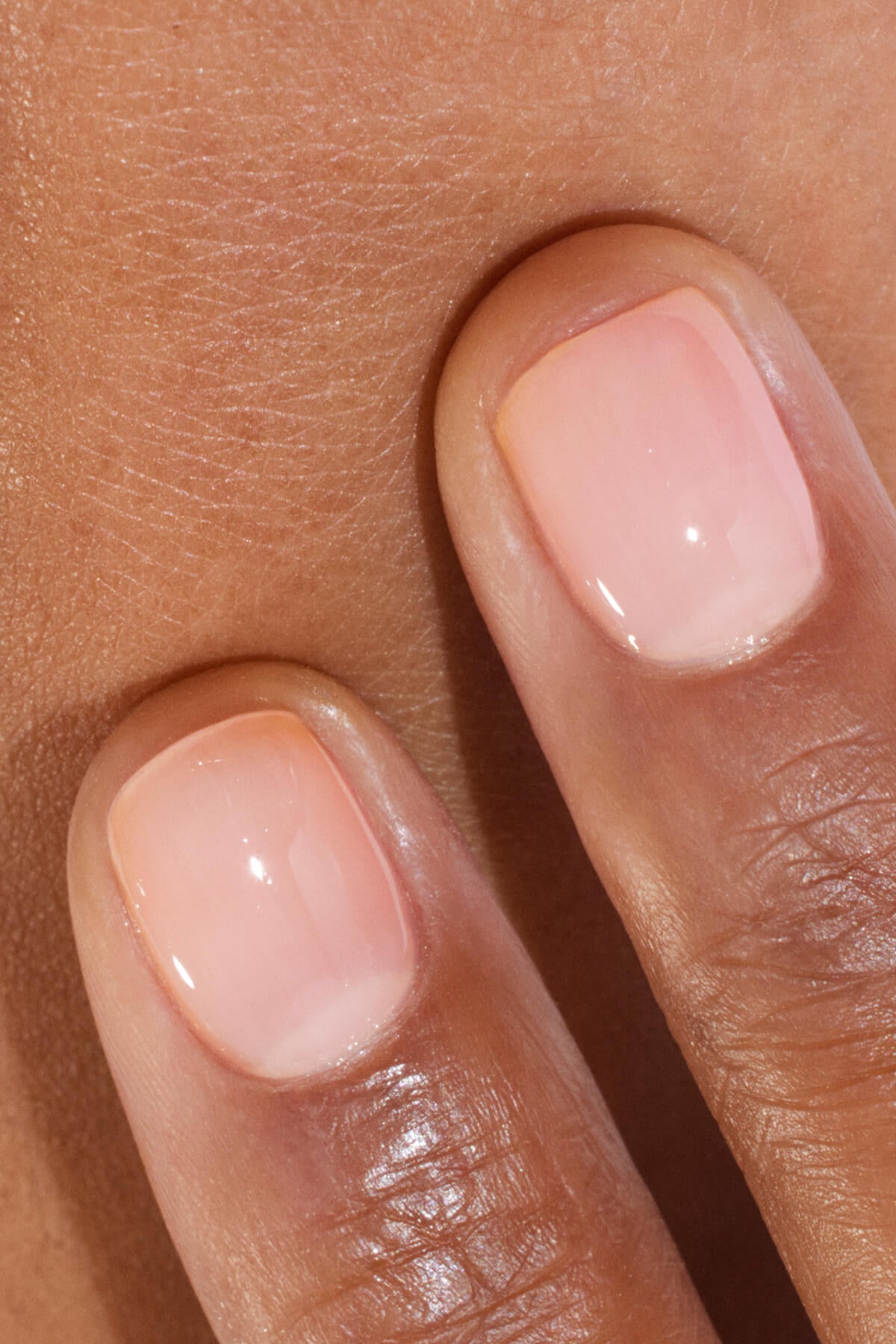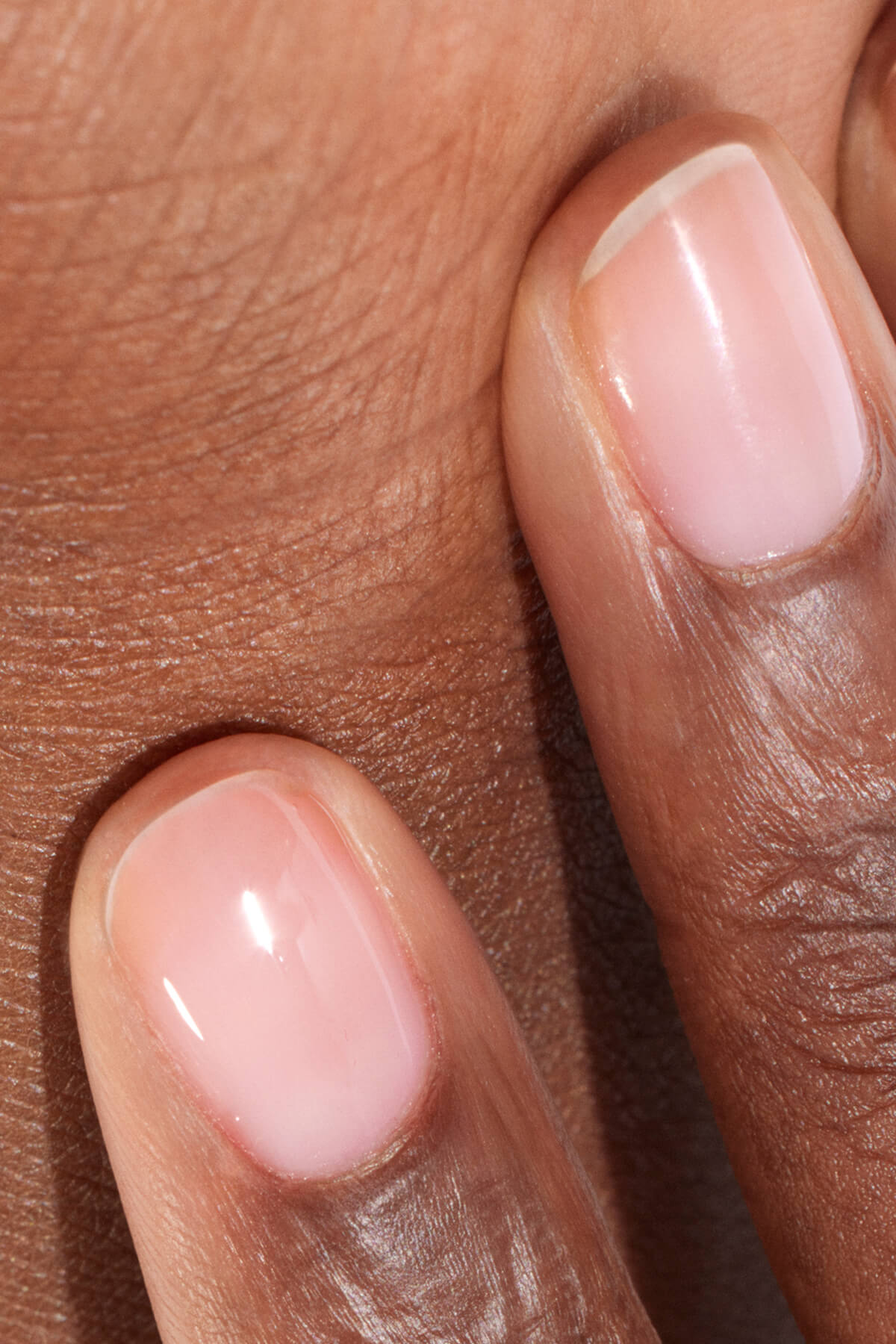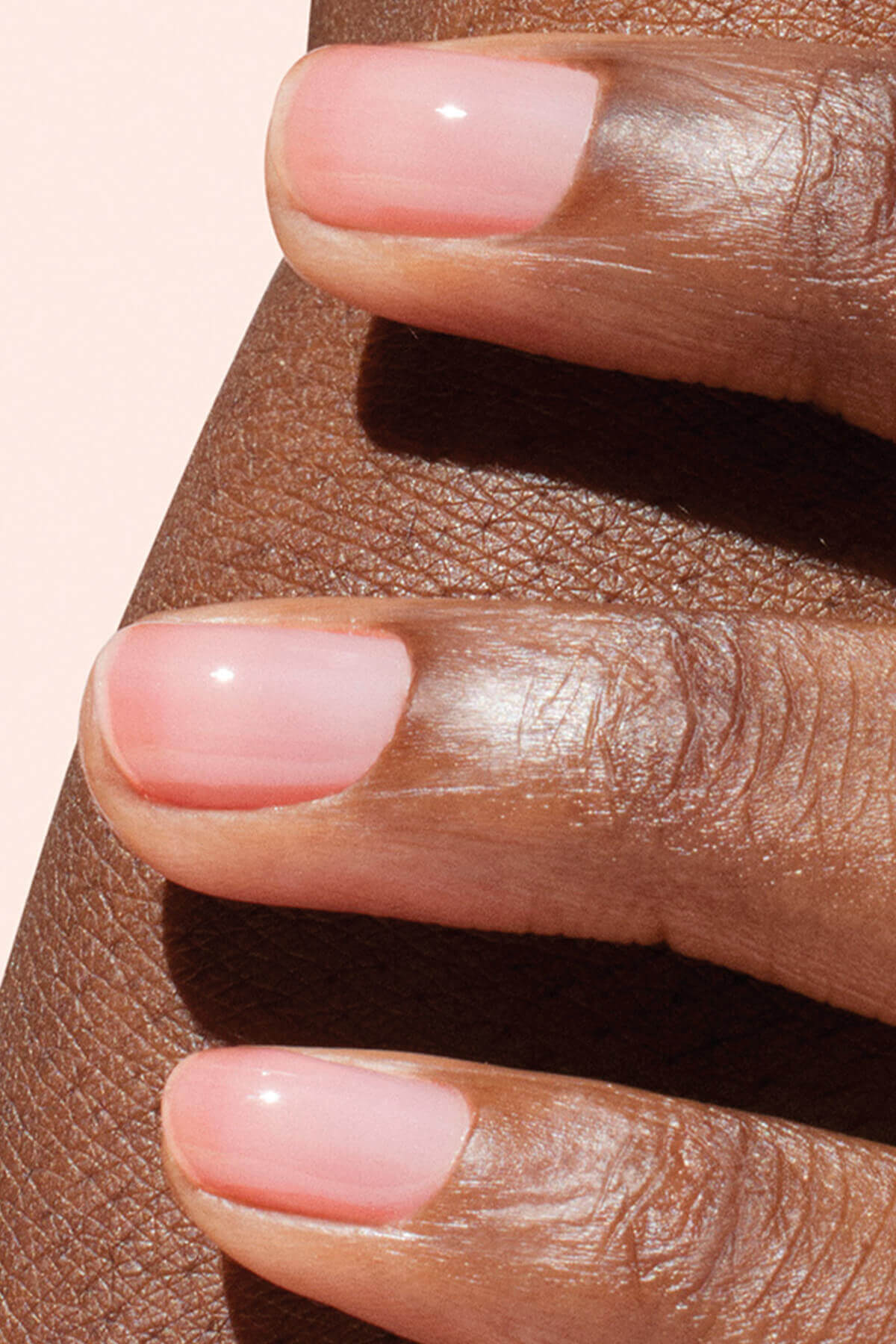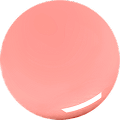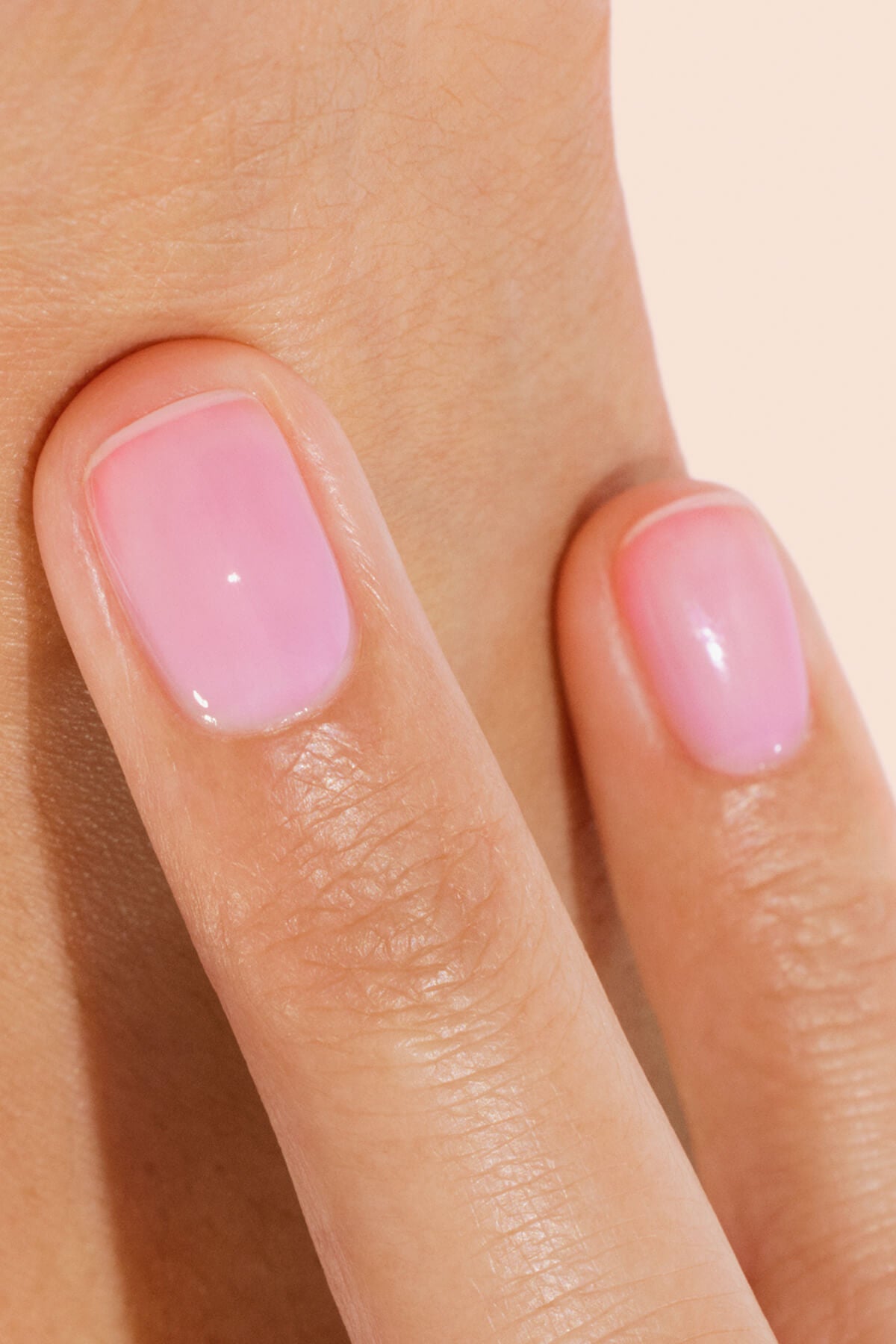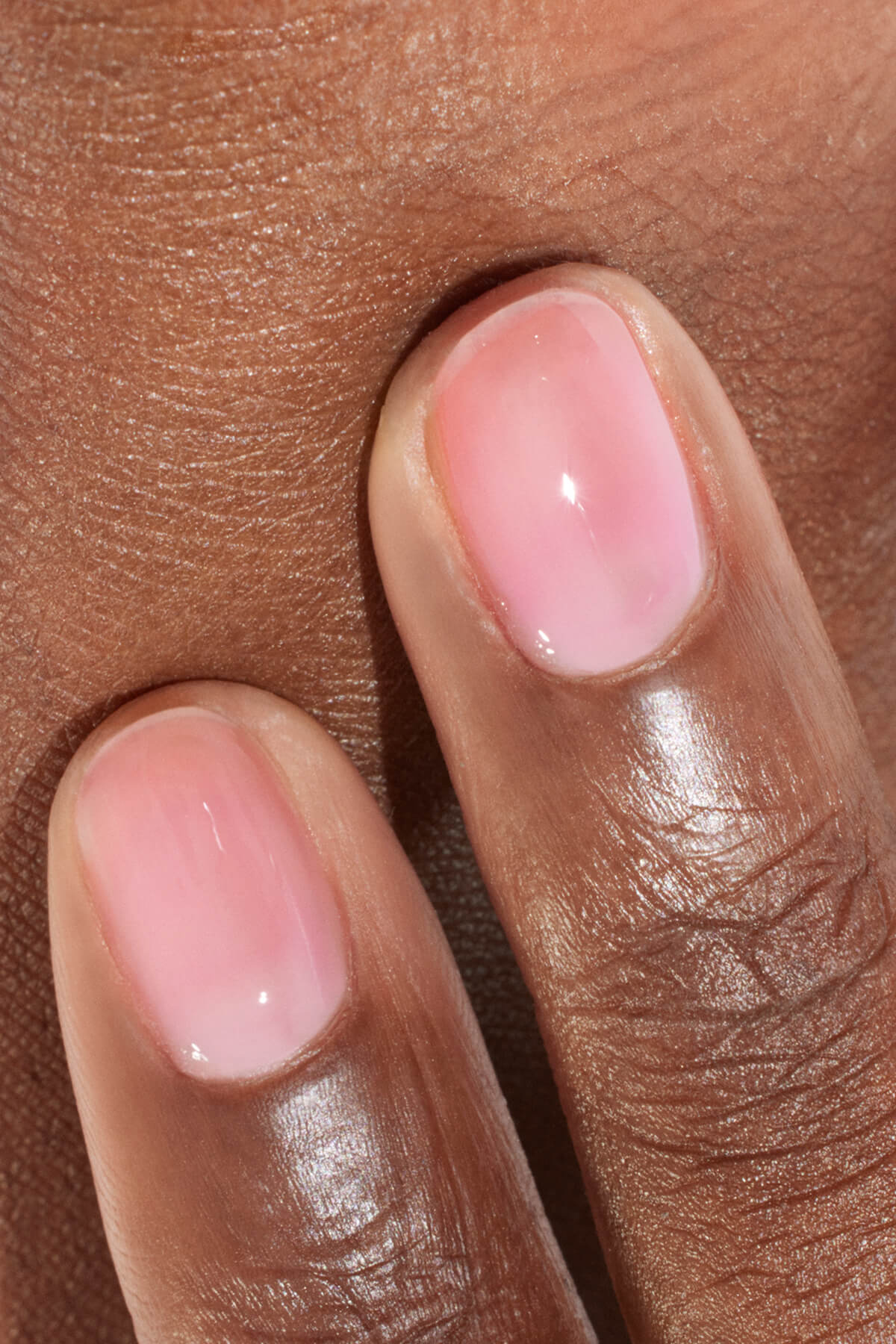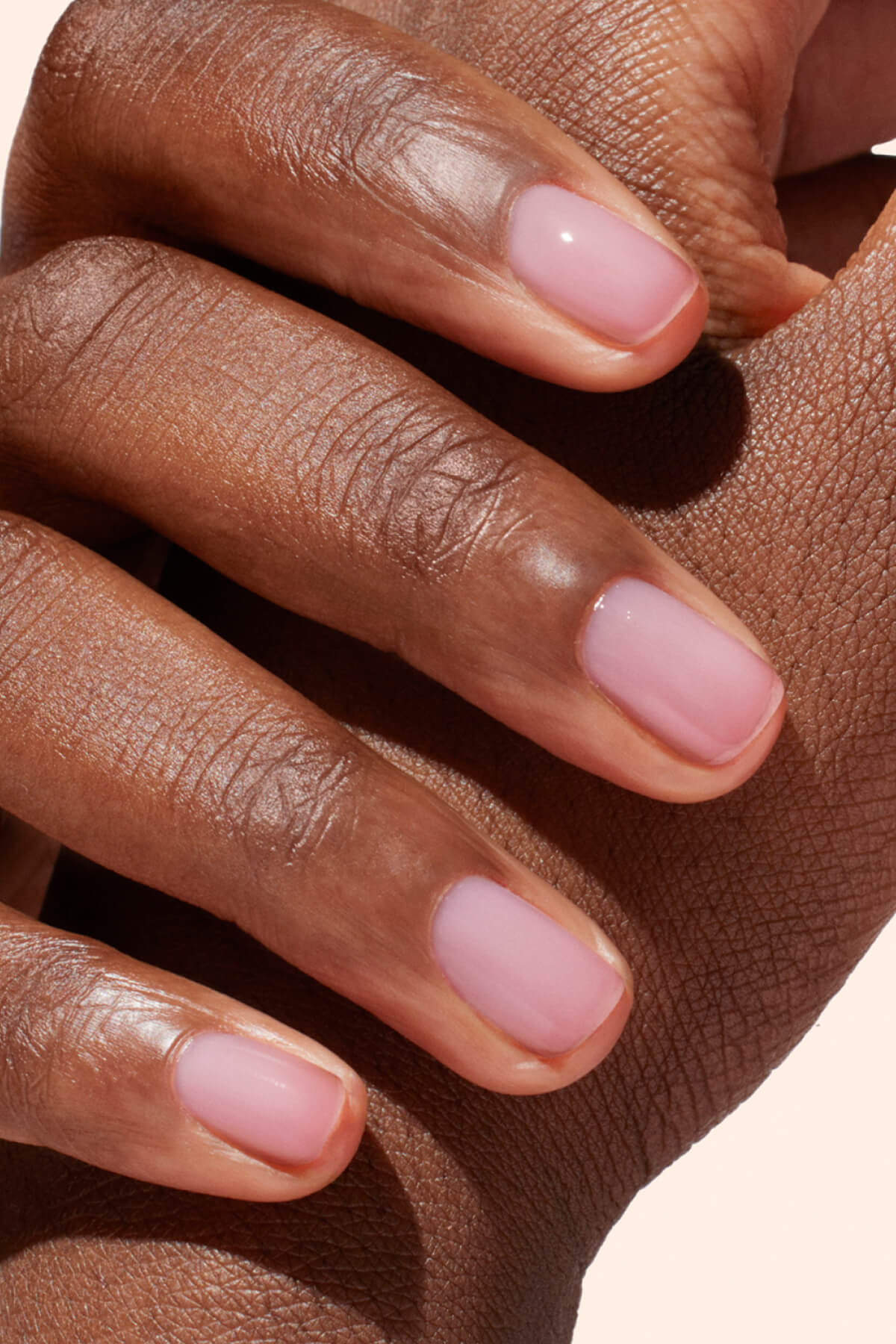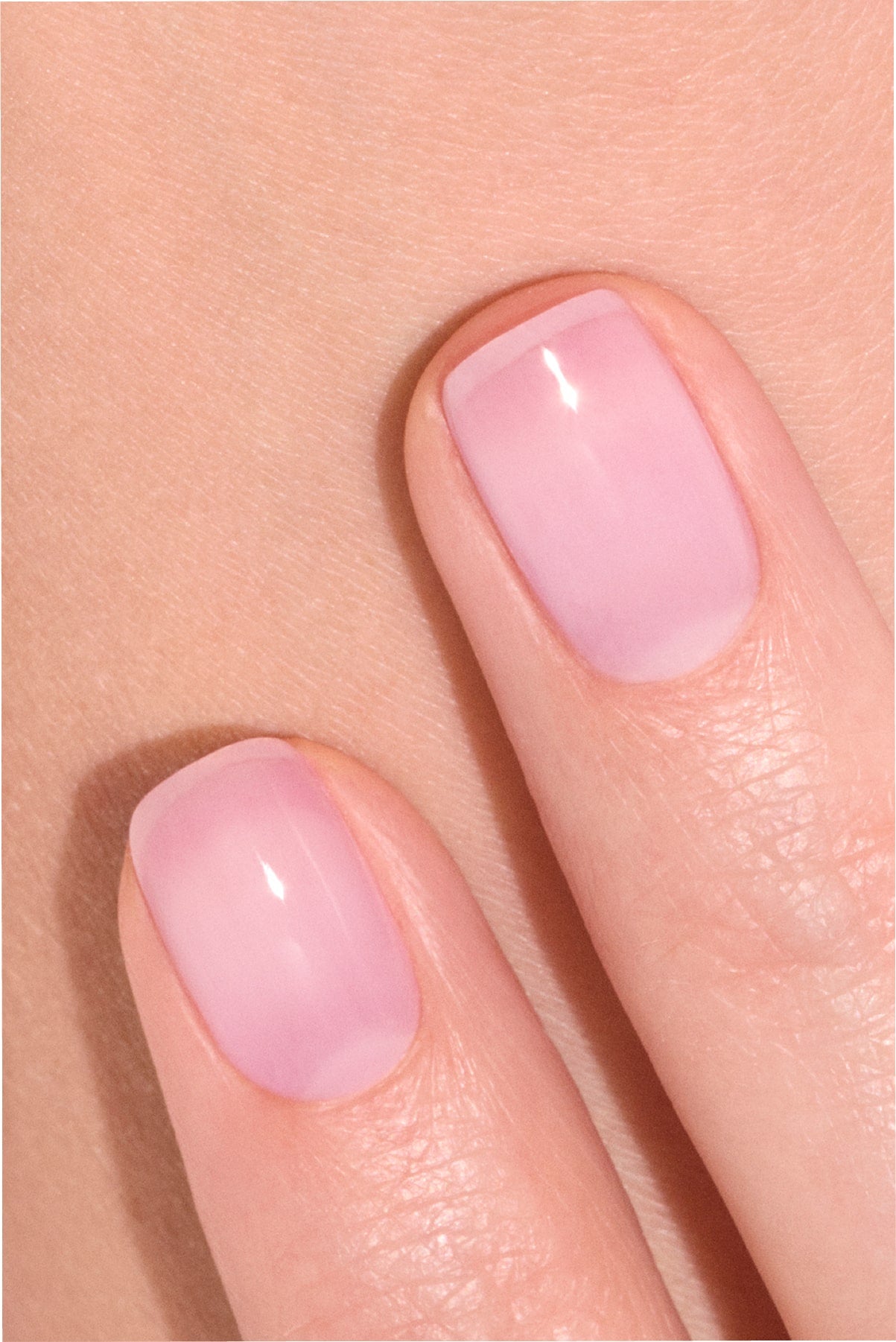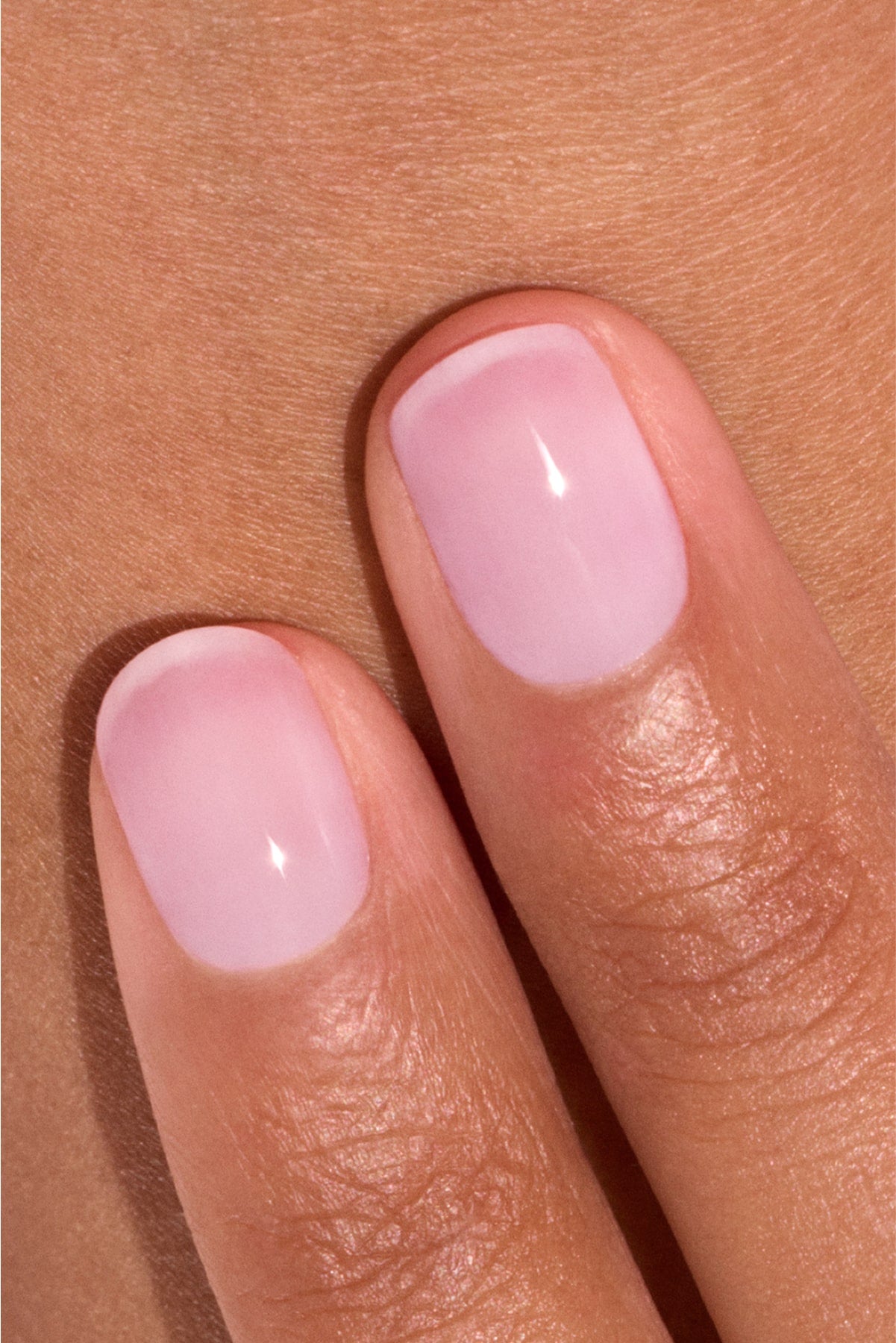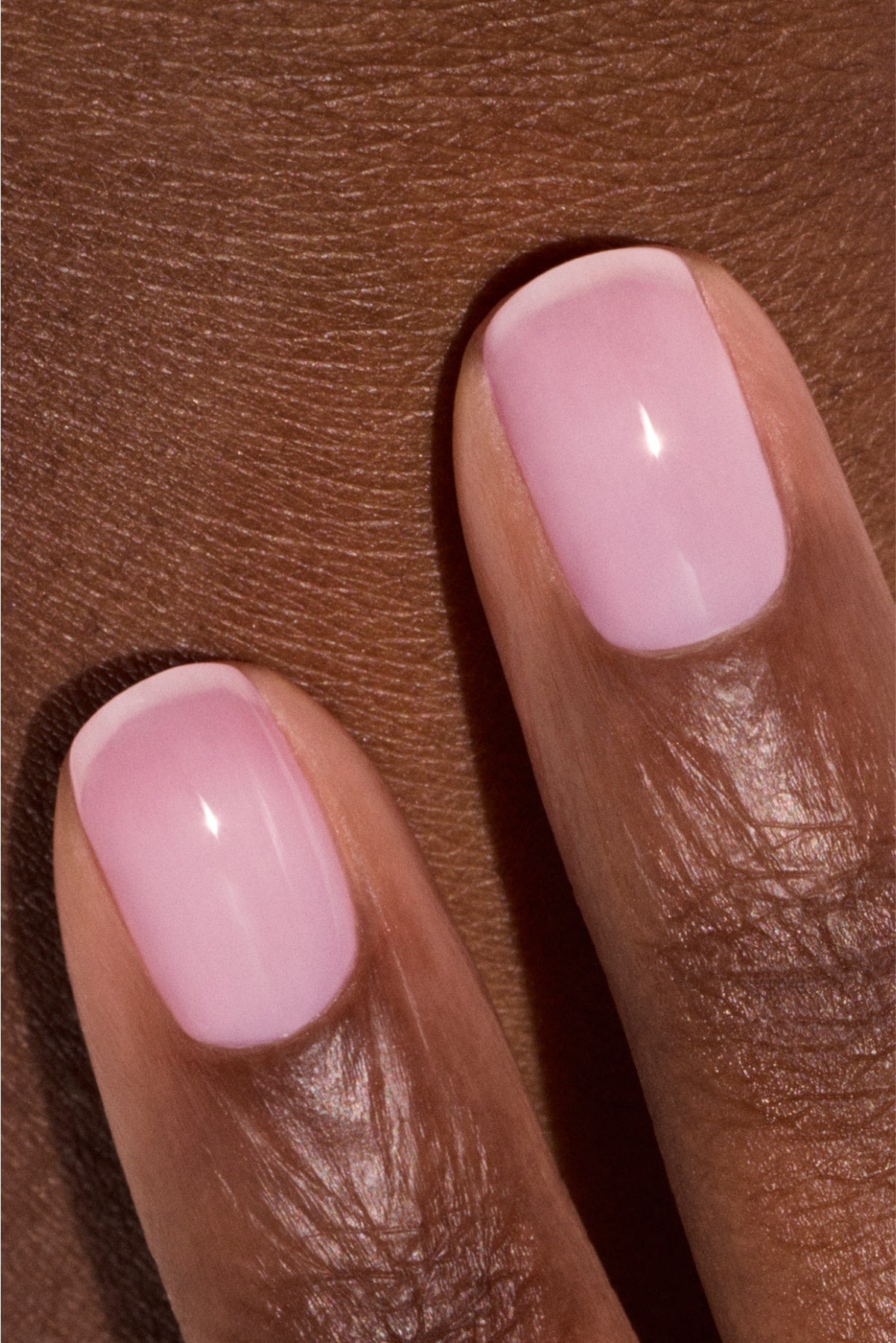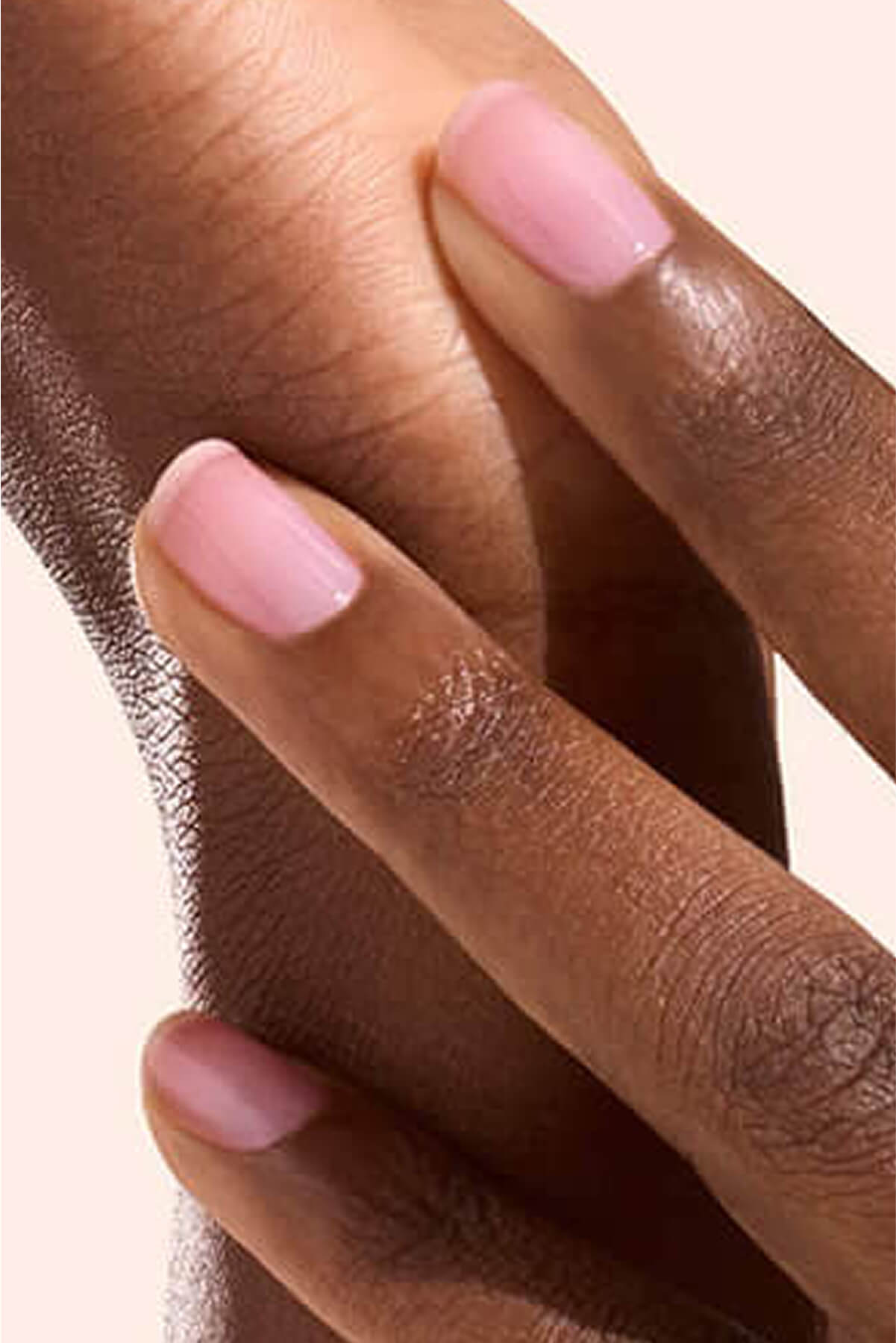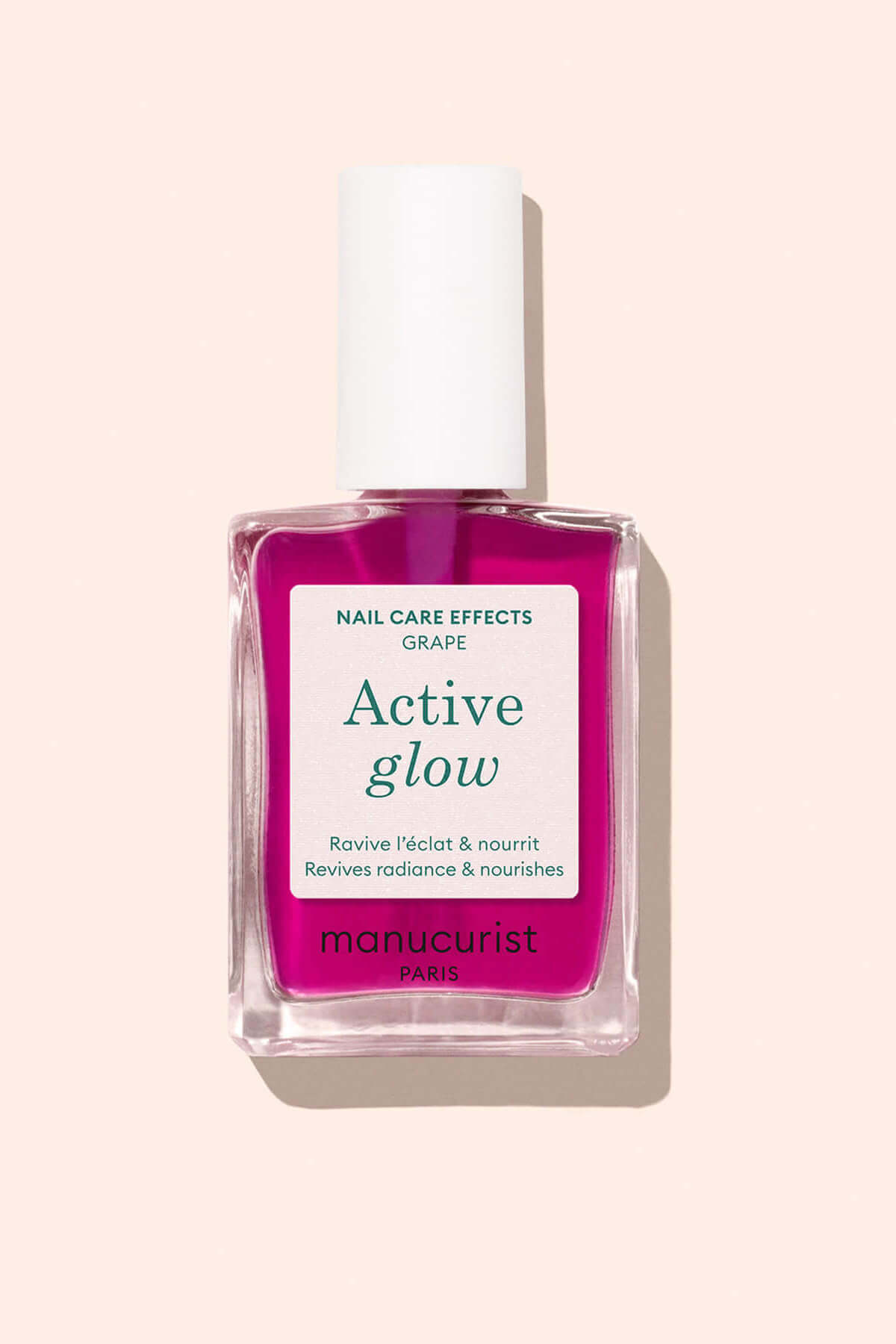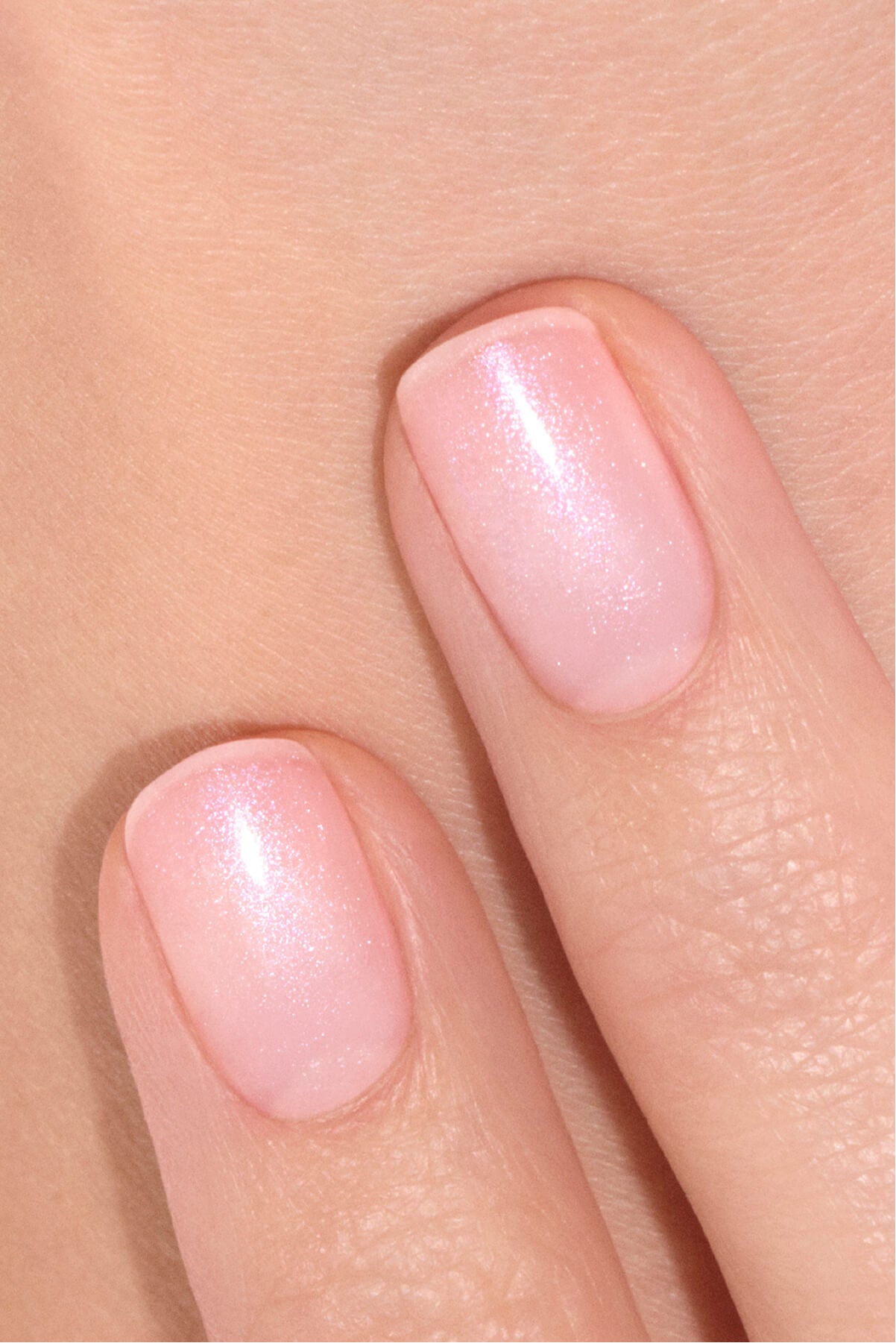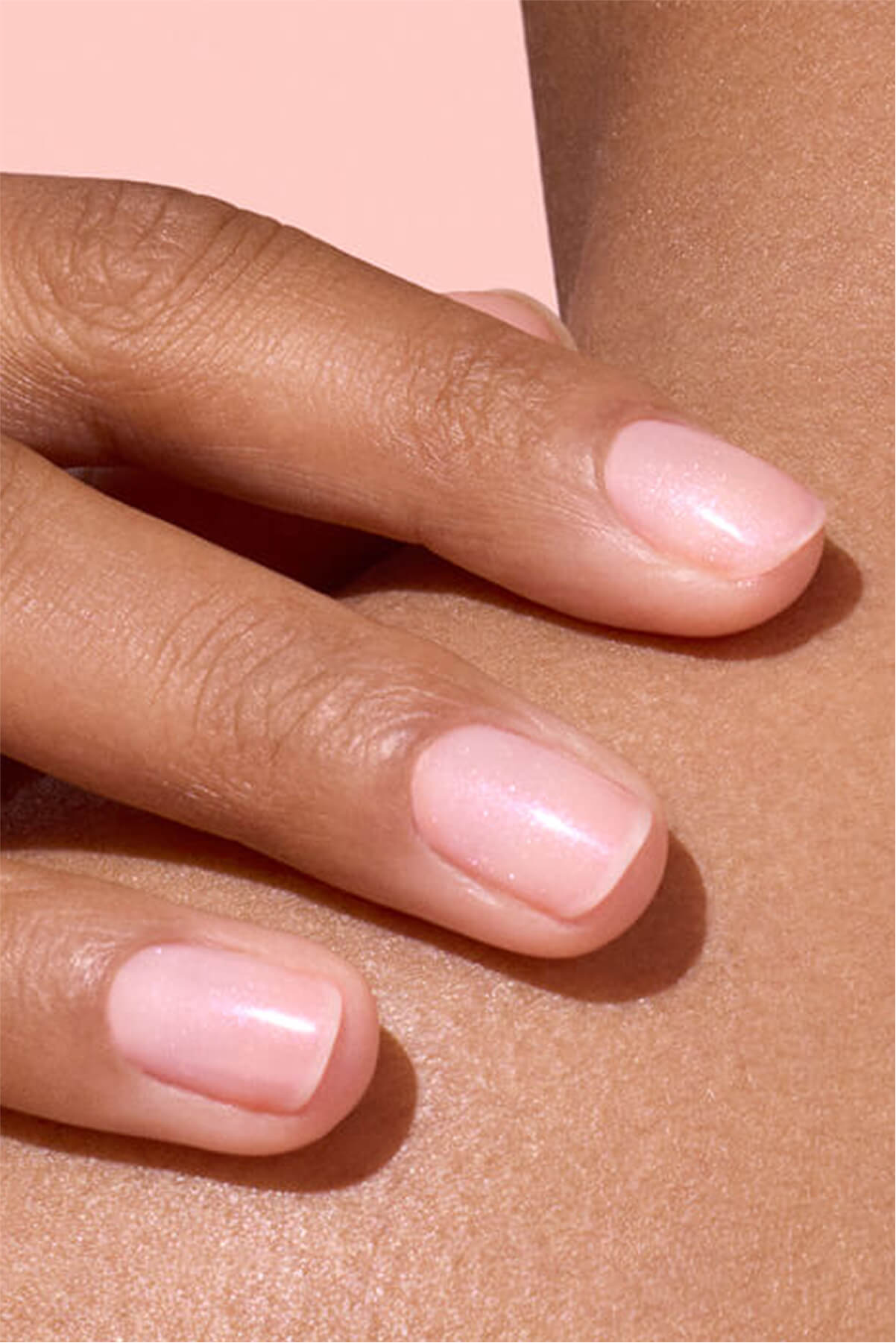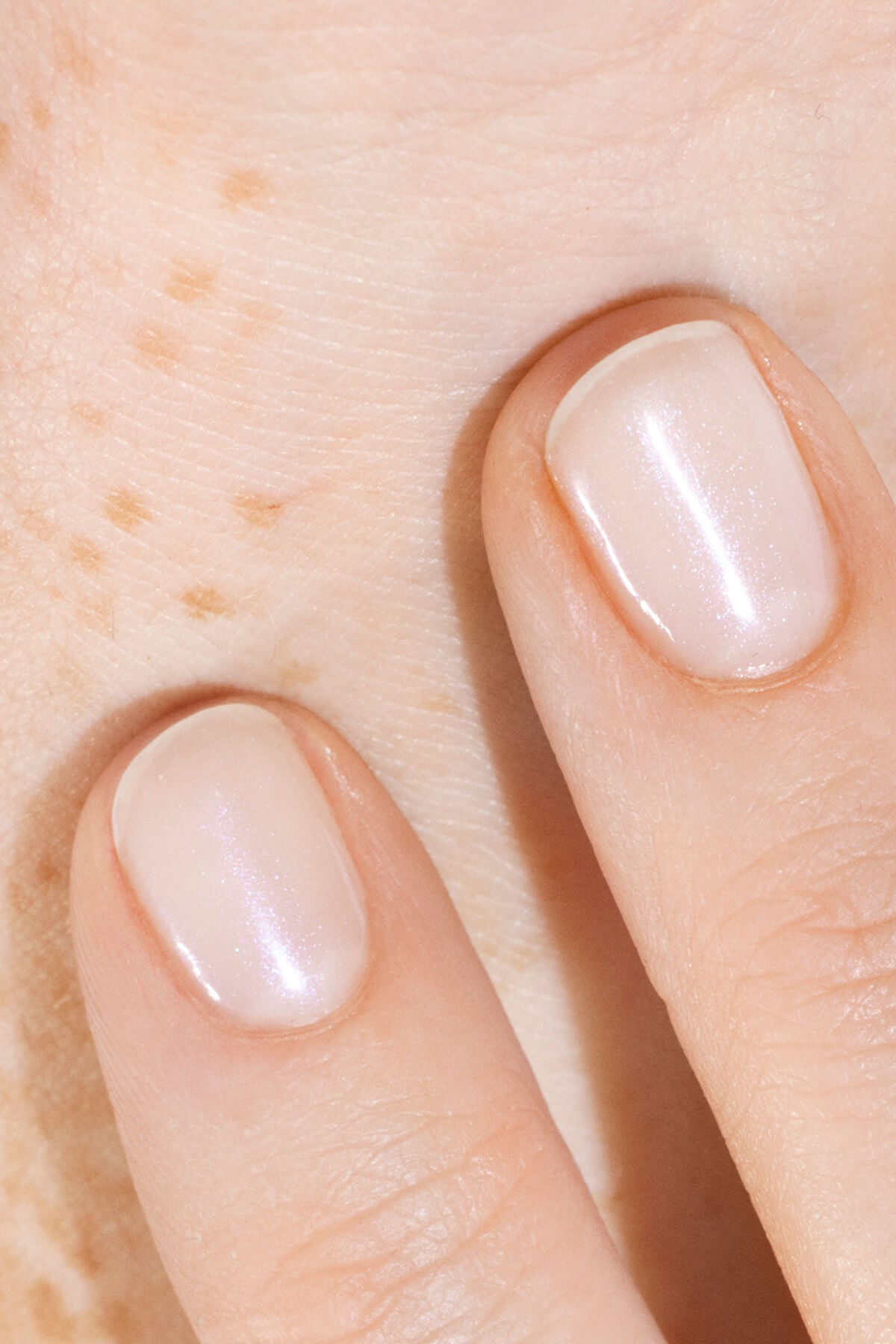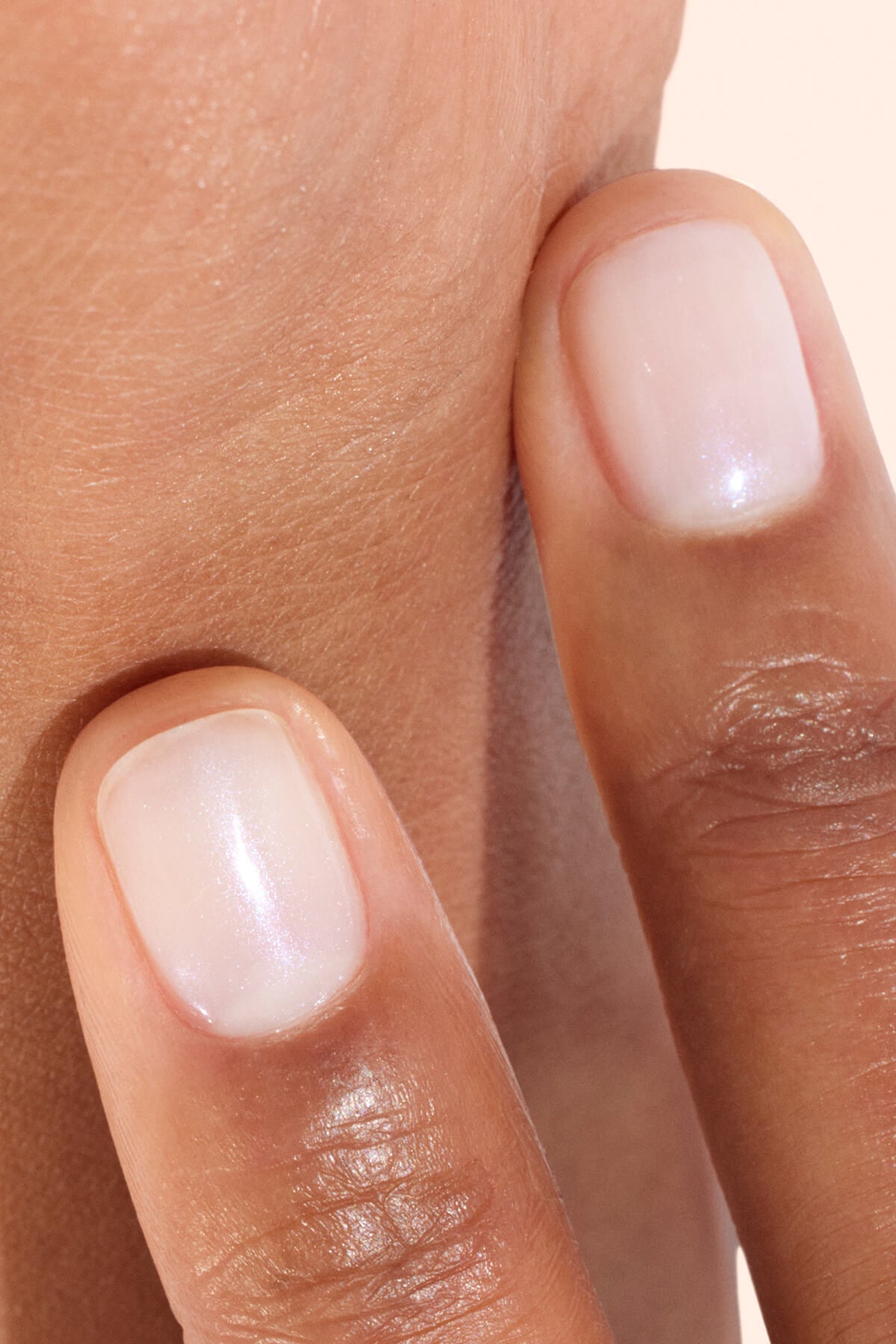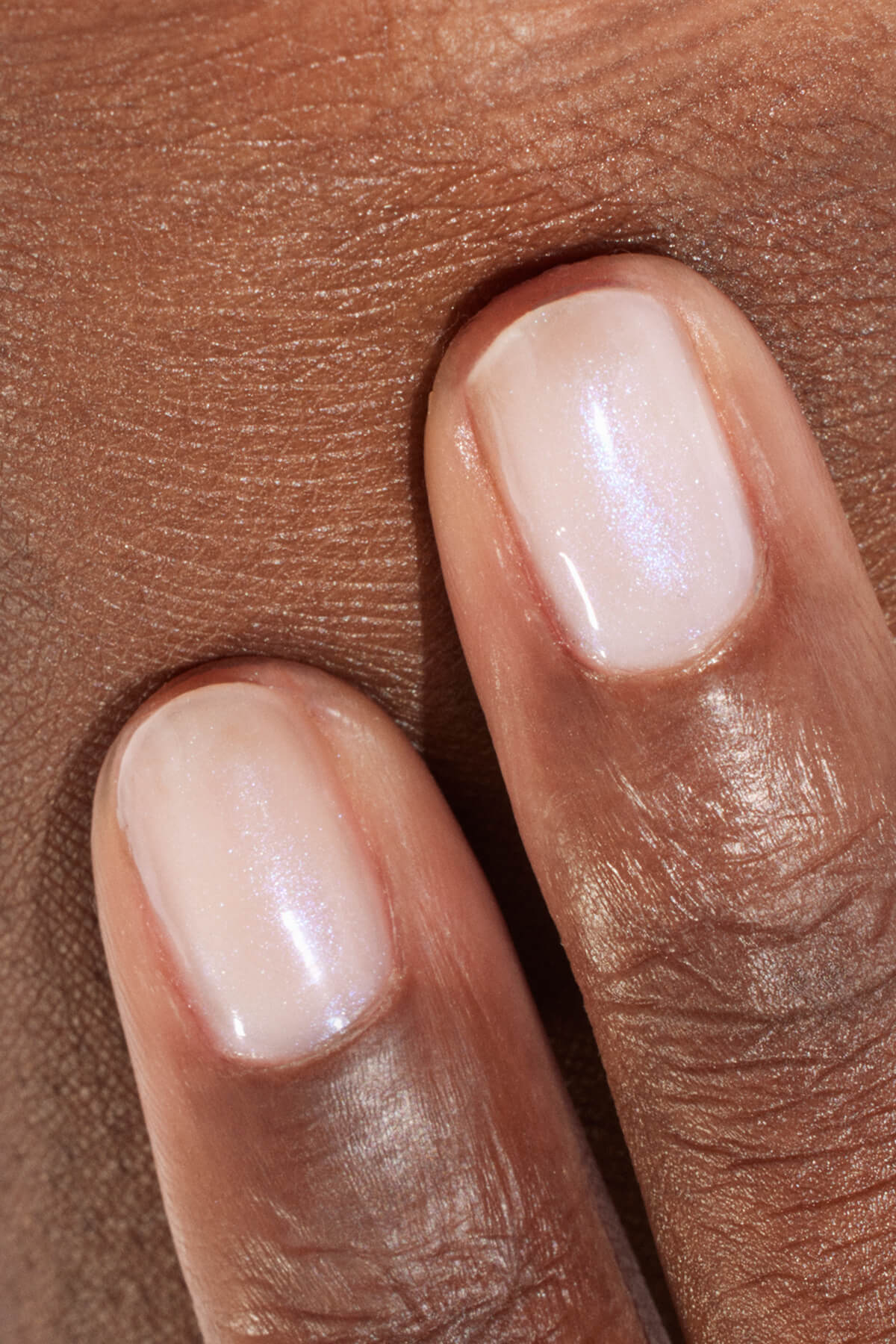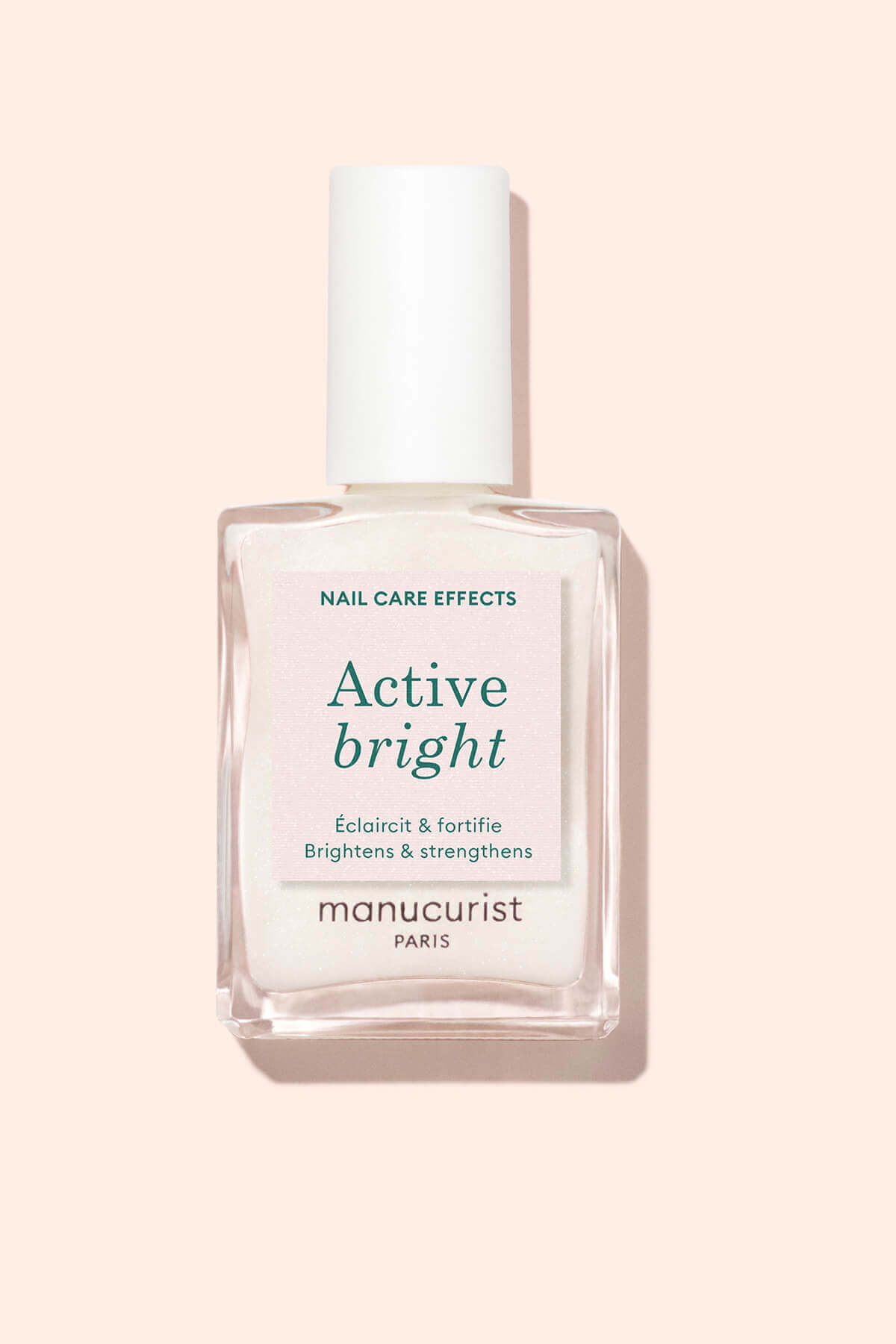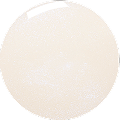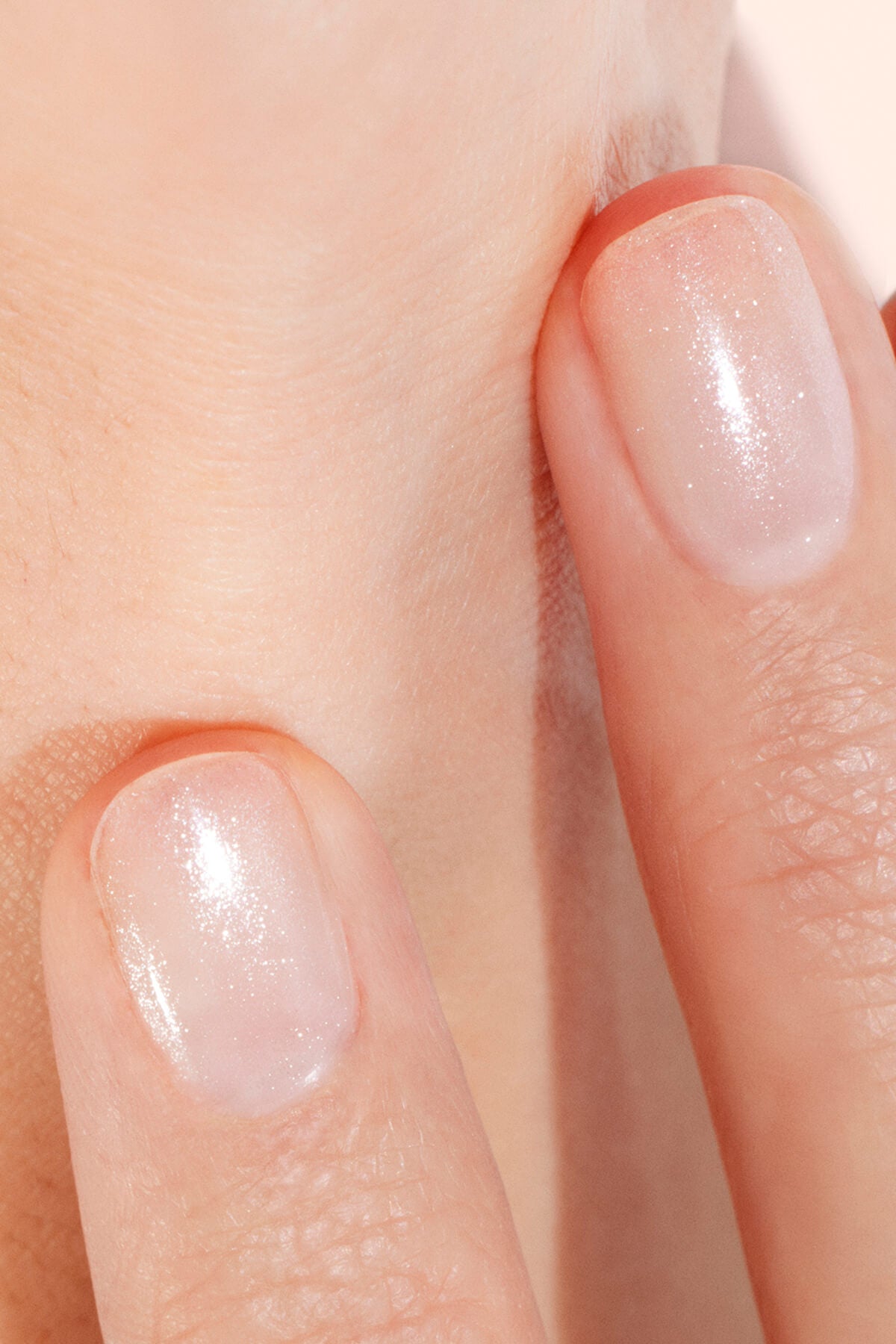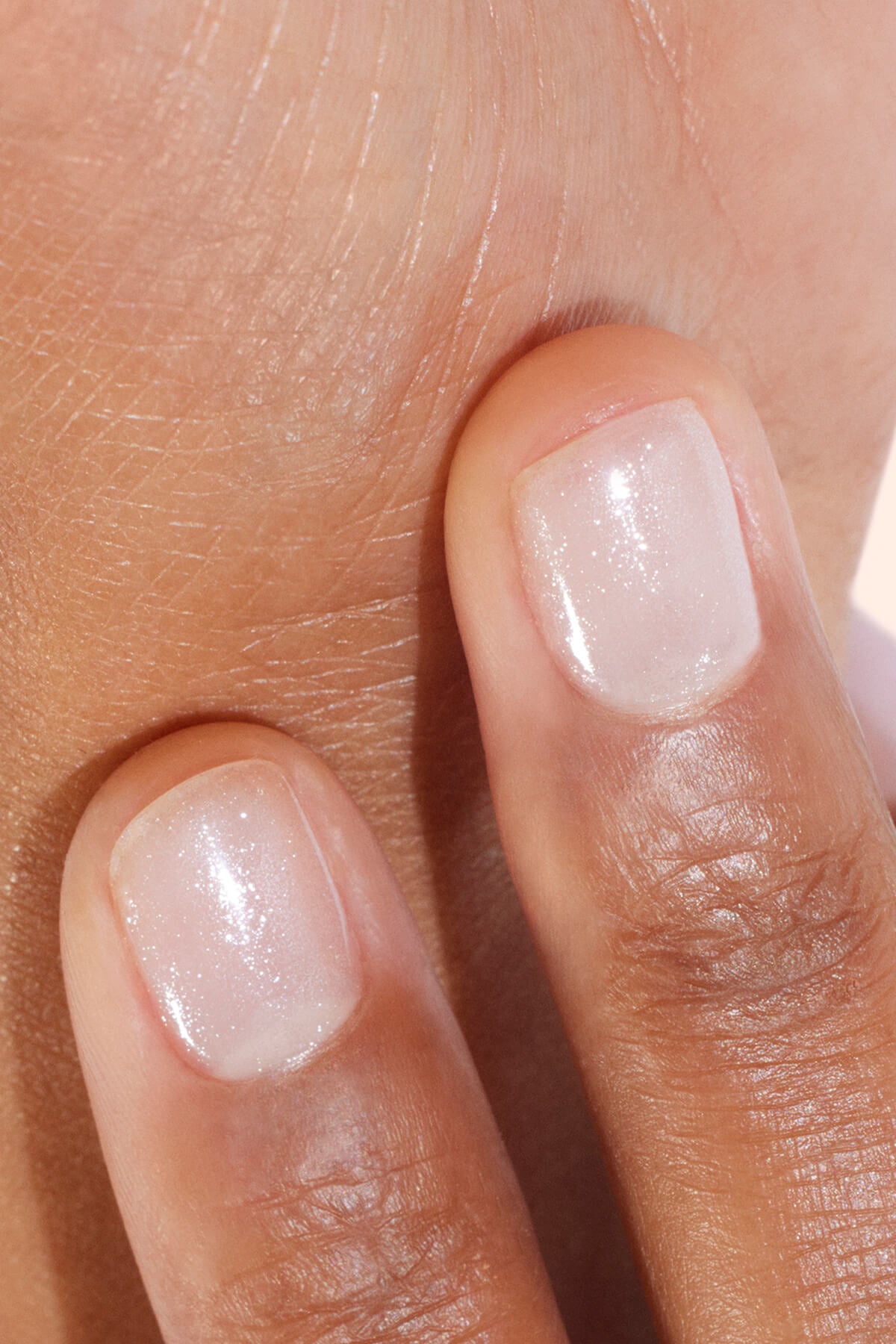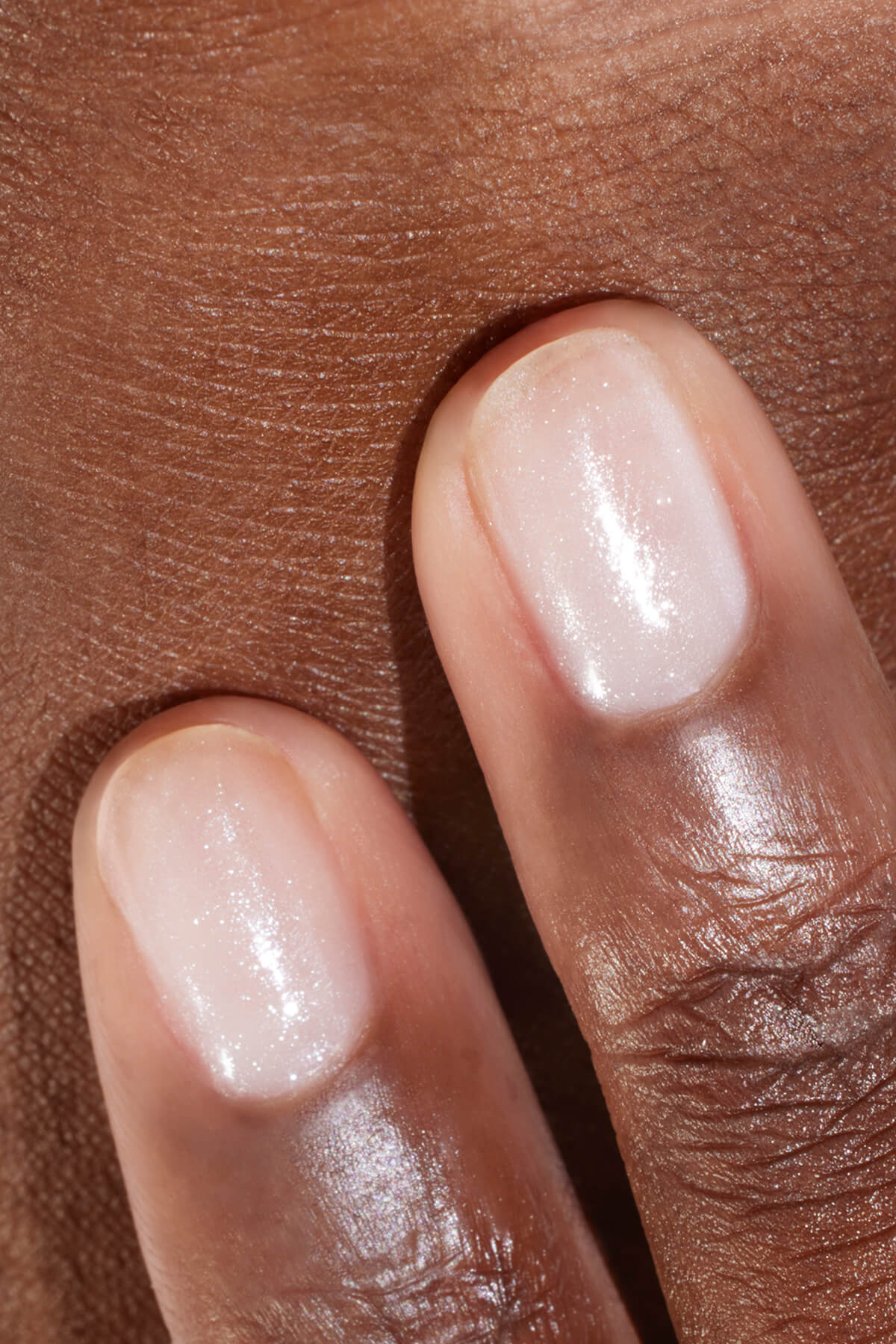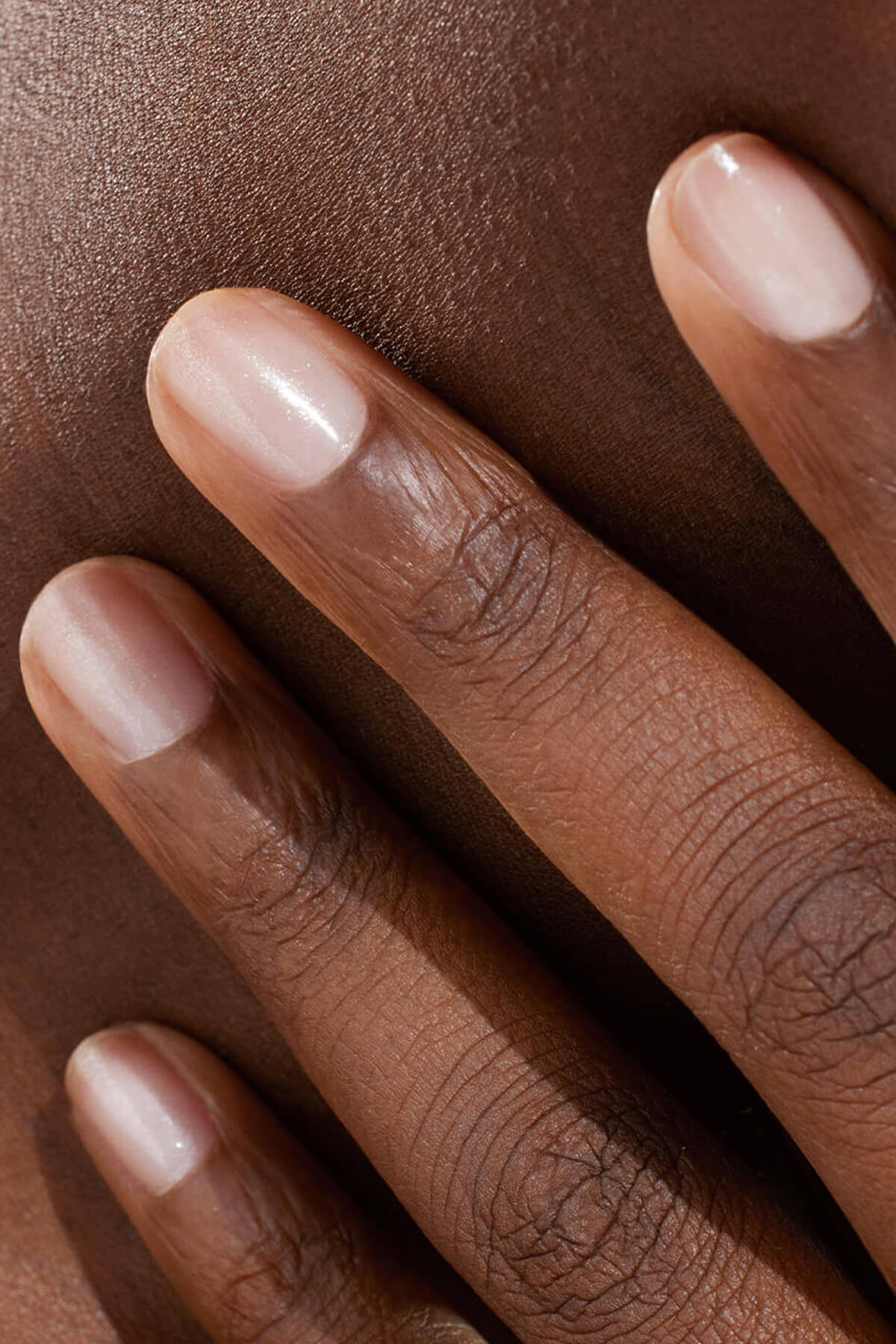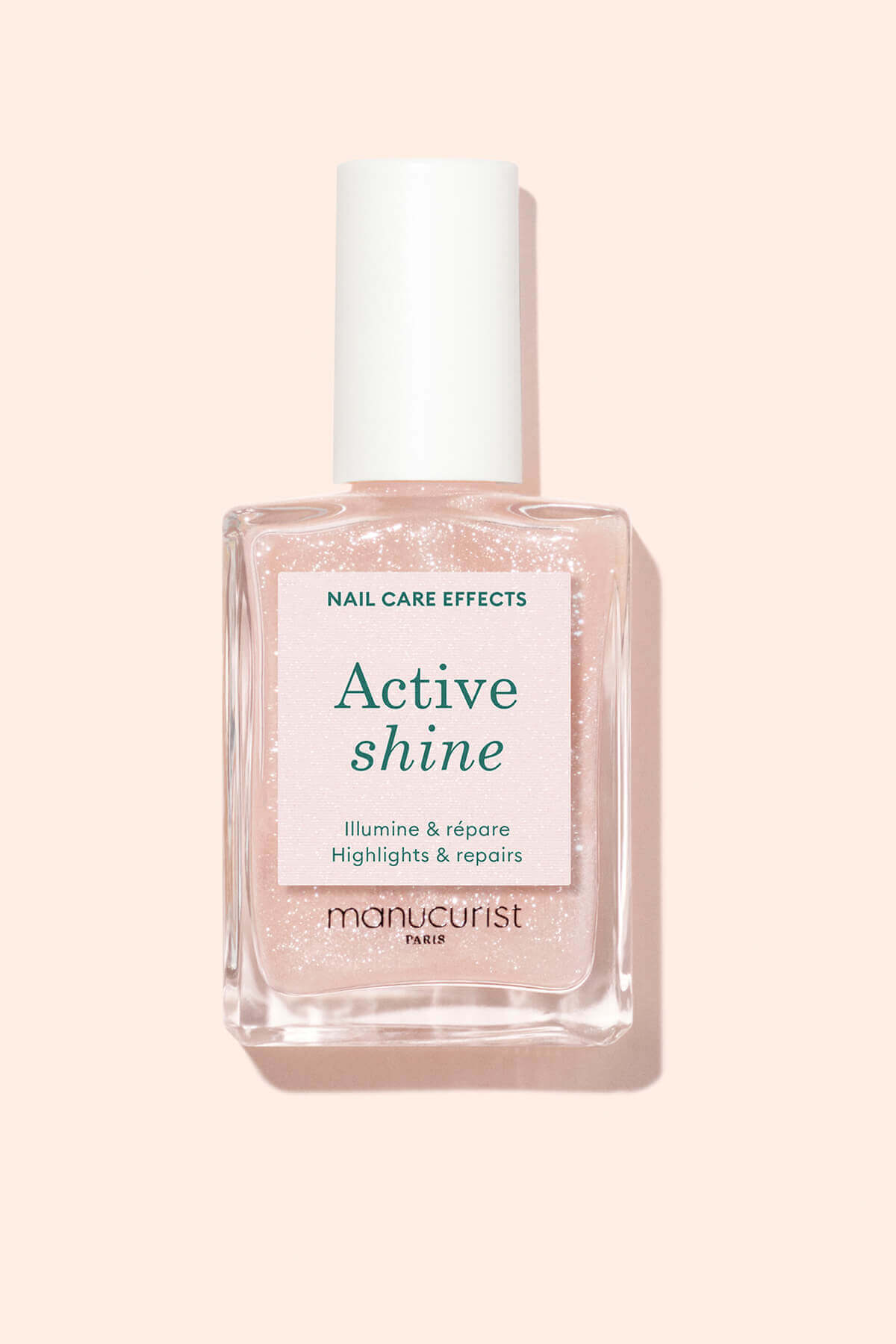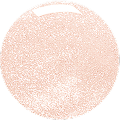Do your nails look uneven or show vertical or horizontal lines? Let’s not beat around the bush, you’ve got ridged nails. It may be frustrating, especially if you like your nails looking neat and tidy, but it’s a very common issue with several potential causes. The good news? There are solutions to help smooth things over and bring your nails back to their healthy, radiant best.
Understanding ridged nails
There are two types of nail ridges: vertical and horizontal. Each one has different causes.
Longitudinal ridges
These are vertical lines that run from the cuticle to the tip of the nail. Often referred to as "nail wrinkles", they usually appear with age or, for some, around the time of menopause. They suggest the body is producing less keratin and that hormone levels may be unbalanced. Longitudinal ridges can also point to vitamin or mineral deficiencies. Another possible culprit: minor trauma from aggressive manicures that affect the nail matrix (such as applying false nails, excessive filing or using acetone-based removers), or repeated exposure to water and harsh cleaning products.
Transverse ridges
These horizontal lines run across the width of the nail, creating dips and ridges on the surface. They can appear on both fingernails and toenails and are usually caused by stress or emotional shock, which disrupts normal nail growth.
Now that you know how to tell the difference between the two types of ridges, let’s explore what you can do to treat and prevent them.

Ridged nails aren’t the end of the world. The solution is close at hand.
How to treat and prevent ridged nails
Nail care routines to smooth and repair
We’ve developed three adaptable routines designed to smooth ridged nails and restore a healthy surface in just 2 weeks. Choose from our Basic, Starter or Ultimate routines, depending on your needs. Not sure which one is right for you? Try our personalised nail diagnostic tool here.
1. The Basic Routine: simple and effective
The aim of this routine is to deeply nourish and hydrate both the nail and surrounding skin to encourage healthy, even growth. These are your go-to essentials:
- Huile Verte: a blend of six botanical oils including castor, sweet almond and coconut oils.
- Active™ Smooth: a CC Polish-style treatment that works as a smoothing base coat and strengthens nails with a formula enriched with castor fibres, hexanal, AHAs and vitamin E. Available in four shades (00 pink, 01 beige, 02 gold, 03 bronze) to suit every skin tone.
👉 How to use:
- Apply Active™ Smooth to bare nails three times a week for 2 weeks, without removing previous layers.
- Massage in a few drops of Huile Verte twice a day, focusing on the nail and cuticle area.
💡Tip: After your 2-week treatment, take a 1-week break to let your nails rebalance naturally. For lasting results, repeat the routine every month.

Active™ Smooth & Huile Verte: the perfect combo to smooth out nail ridges.
2. The Starter Routine: a balanced approach
This routine is designed to repair, nourish and smooth ridged nails. Here’s what you’ll need:
- Nail Priming Emery Board: a gentle tool that evens out the nail surface and opens the keratin scales to boost absorption of treatments.
- Huile Verte
- Active™ Smooth
- S.O.S. Mask: a deeply hydrating overnight mask that encourages cellular repair as you sleep.
👉 How to use:
- Use the priming emery board to lightly refine the surface of the nail. Then apply Active™ Smooth to bare nails three times a week for two weeks, without removing previous layers.
- Massage a few drops of Huile Verte twice daily into the nails and cuticles.
- Once the Active™ Smooth layers are removed with a gentle remover, apply the S.O.S. Mask three nights a week in a thick layer and allow it to air dry. Remove the next morning by peeling off or rinsing with soapy water.
💡Good to know: This routine is ideal for sensitive nails as it uses products with up to 99% naturally derived ingredients, safe for both nails and cuticles.

For deep hydration and recovery, add the S.O.S. Mask and Nail Priming Emery Board to your routine.
3. The Ultimate Routine: an intensive programme
A round-the-clock intensive treatment to visibly reduce or even eliminate transverse ridges and other nail surface imperfections. You’ll need the following:
- Nail Priming Emery Board
- Huile Verte
- Active™ Smooth
- S.O.S. Mask
- Complete Serum: a non-greasy, fast-absorbing serum that delivers intense hydration and repair for damaged nails.
👉 How to use:
- Use the emery board to lightly refine the nail surface. Then apply Active™ Smooth to bare nails three times a week for two weeks, without removing previous coats.
- Massage in a few drops of Huile Verte and Complete Serum twice a day onto the nail and surrounding skin.
- Once the Active™ Smooth has been gently removed, apply the S.O.S. Mask three nights a week in a generous layer, leave to dry naturally, and remove the next morning with soapy water or by peeling it off.

The Ultimate Routine: your best defence against ridged nails.
Simple habits to help prevent ridged nails
Extend the benefits of your nail care routine by adopting a few simple daily habits to help keep ridges at bay, such as:
🍽️ A balanced diet
As mentioned earlier, longitudinal ridges can be linked to nutritional deficiencies. That’s why it’s essential to maintain a well-balanced diet rich in vitamin B, vitamin C and minerals such as iron and zinc. Include a variety of fruits, vegetables, protein and nuts in your meals, and consider a course of dietary supplements like Nail Boost. Formulated with natural active ingredients and vitamins (including blueberry extract, brewer's yeast, minerals, vitamin A, B2, B9, C and biotin), these supplements strengthen the nail matrix from within and promote healthy nail growth.

Nail Boost dietary supplements return with a 2.0 upgrade: new formula, new bottle.
🛡️ Daily nail protection
Repeated exposure to water and harsh cleaning agents can lead to trauma that causes longitudinal ridges. Try to protect your nails from daily aggressors by wearing household gloves when doing the washing up or cleaning.
💅 Choose gentle, long-lasting manicures
Frequent application of traditional gel polish, low-quality products, excessive buffing and over-filing can also contribute to ridged nails. That’s why it’s so important to build your manicure routine around high-quality, bio-sourced formulas like those found in our Green™ and Green Flash™ ranges. And when it’s time to remove your polish, skip the acetone and electric files. Instead, go for gentle, acetone-free removers like the Green Flash™ Gentle Remover. To help your nails recover, alternate polish with treatment breaks or wear a nourishing treatment polish like one from the Active™ range to restore strength and radiance.

With our Green™ Starter Kits and Green Flash™ Starter Kits, embrace a gentle manicure routine that protects your nails.
Frequently asked questions
What causes ridged nails and should I be concerned?
Nail ridges can appear for many reasons. They may be a sign of hormonal imbalance (such as during menopause), a nutritional deficiency or high levels of stress. They can also be triggered by repeated exposure to water or harsh household chemicals. In some cases, frequent application of gel polish or the use of aggressive techniques (like filing or acetone removers) may damage the nail matrix and lead to ridges. Good to know: ridged nails are not a medical condition, but if they are accompanied by pain, major deformation or yellowing, it’s best to consult a GP or dermatologist.
What treatment smooths ridged nails?
To smooth ridged nails, try Active™ Smooth, a CC Polish treatment enriched with castor fibres, AHAs and vitamin E. It instantly evens out surface imperfections and reinforces the nail’s structure. With just one coat, ridges are visibly reduced and your nails look clean and naturally polished. Use it as a smoothing base coat or wear it solo for an effortless “clean nail” look.
Is buffing ridged nails a good idea?
Buffing may seem like a quick fix for ridged nails, but it should be done with care. Over-buffing can thin the nail plate and make ridges worse. If you do buff, choose a super-fine grain emery board (280 grit), and only ever buff in the direction of nail growth, never back and forth. After buffing, apply a nourishing treatment base or smoothing coat. This leaves your nails with a smooth, even surface, ready for your next manicure.






